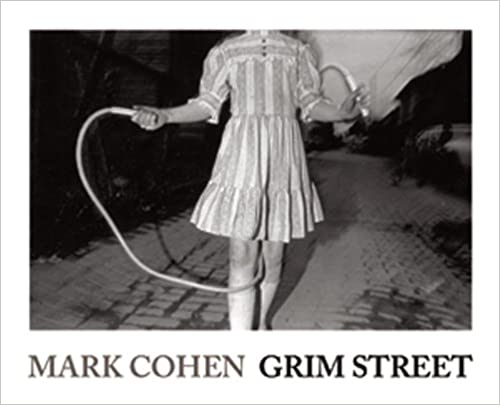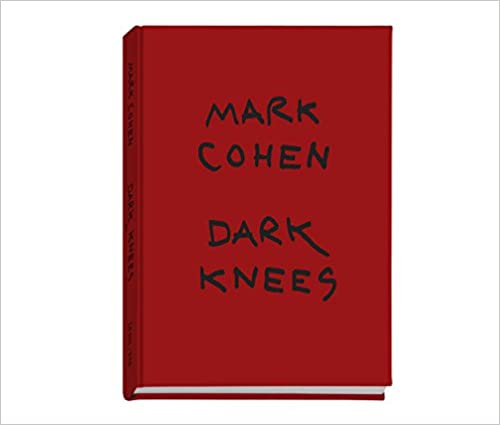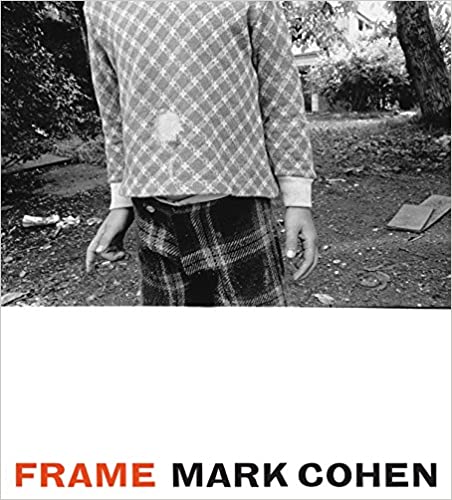Mark Cohen
- American photographer (born in Wilkes-Barre,
Pennsylvania on Aug. 24, 1943) - Street photography and color pioneer (best known for
innovative close-up b&w works of the 1970s) - He lived and photographed in his home-town Wilkers-Barre
for the most of his life. - Owned a camera since he was a child and worked in his own basement darkroom at 14.
- In 1969, first exposition in a group exhibition at George Eastman House.
- In 1973, came to prominence with his first solo exhibition at the
Museum of Modern Art in New York City. - Was awarded Guggenheim Fellowships in 1971 and 1976 and received a National Endowment for the Arts grant in 1975.
- Often made “grab shots” without looking into viewfinder, invaded in space uncomfortably close, flashed his subjects, cropped bodies, faces and other parts of the scene out in order to focus on certain aspects of the person or to bring that raw, frantic, gritty, almost hallucinatory mood.
- Inspired and realised he’d found his calling in photography
after a high-school encounter with “The Decisive Moment” book. - Influenced Garry Winogrand, Lee Friedlander, Diane Arbus...
- Leica camera with wide lenses 21/28/35mm and flash, lately 50mm.
- Cohen left Wilkes-Barre in 2013 and moved to Philadelphia, where he continues to shoot photography with the same focus he did in his hometown...
“My pictures are not like Cartier-Bresson, although he was a tremendous influence. It took me a while to think, ‘It’s okay to take flash-pictures.’ Then I figured out a technique where I work inside this very short zone with a small flash.”
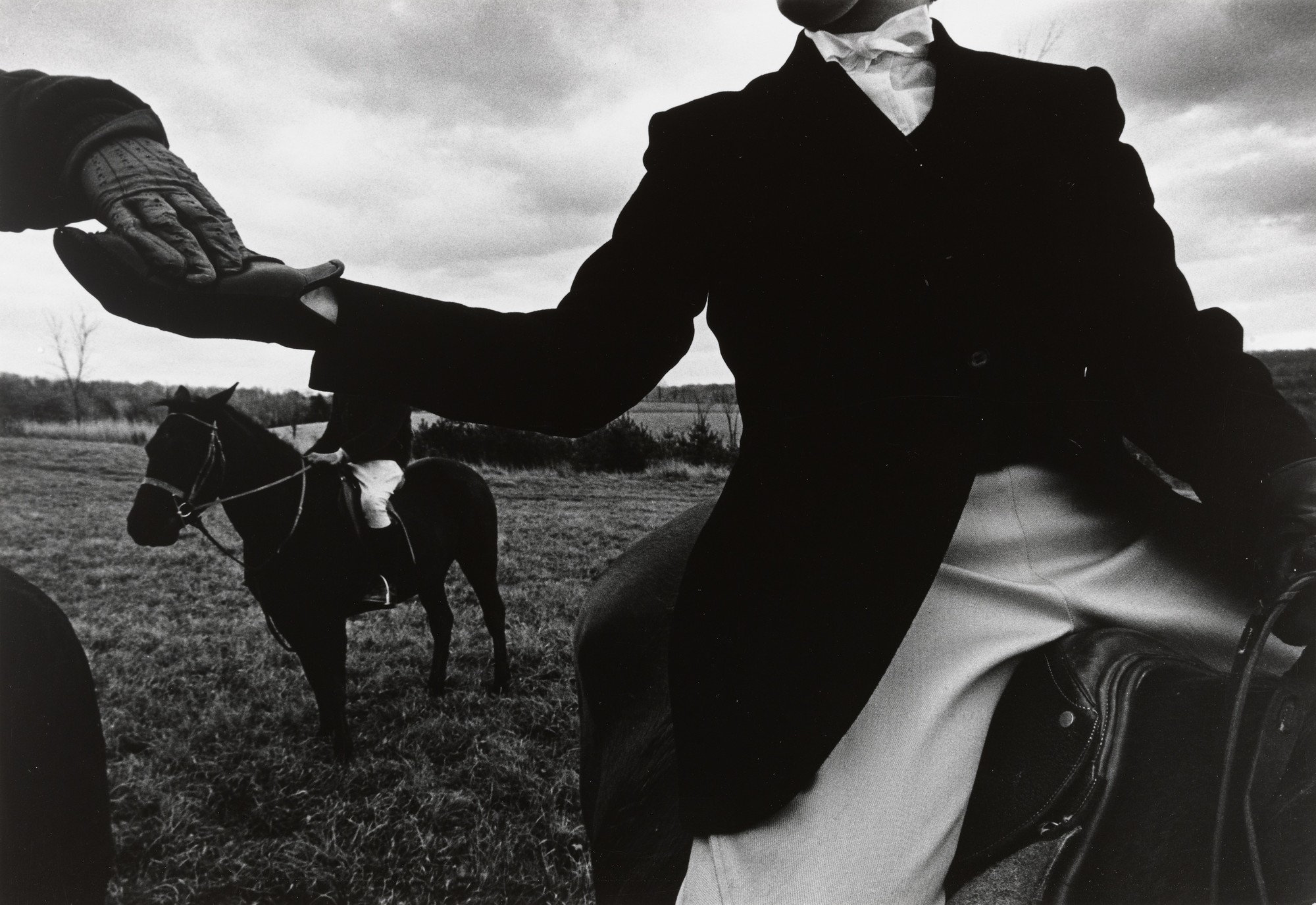
Especially good one, it describes how genuine and honest he was:
"The galleries thought that my pictures were strong. I got good reviews, but they never sold many. But that was okay. It’s still hard to sell them. For instance, I sold the headless horseman picture to somebody and he brought it back because it frightened his wife."
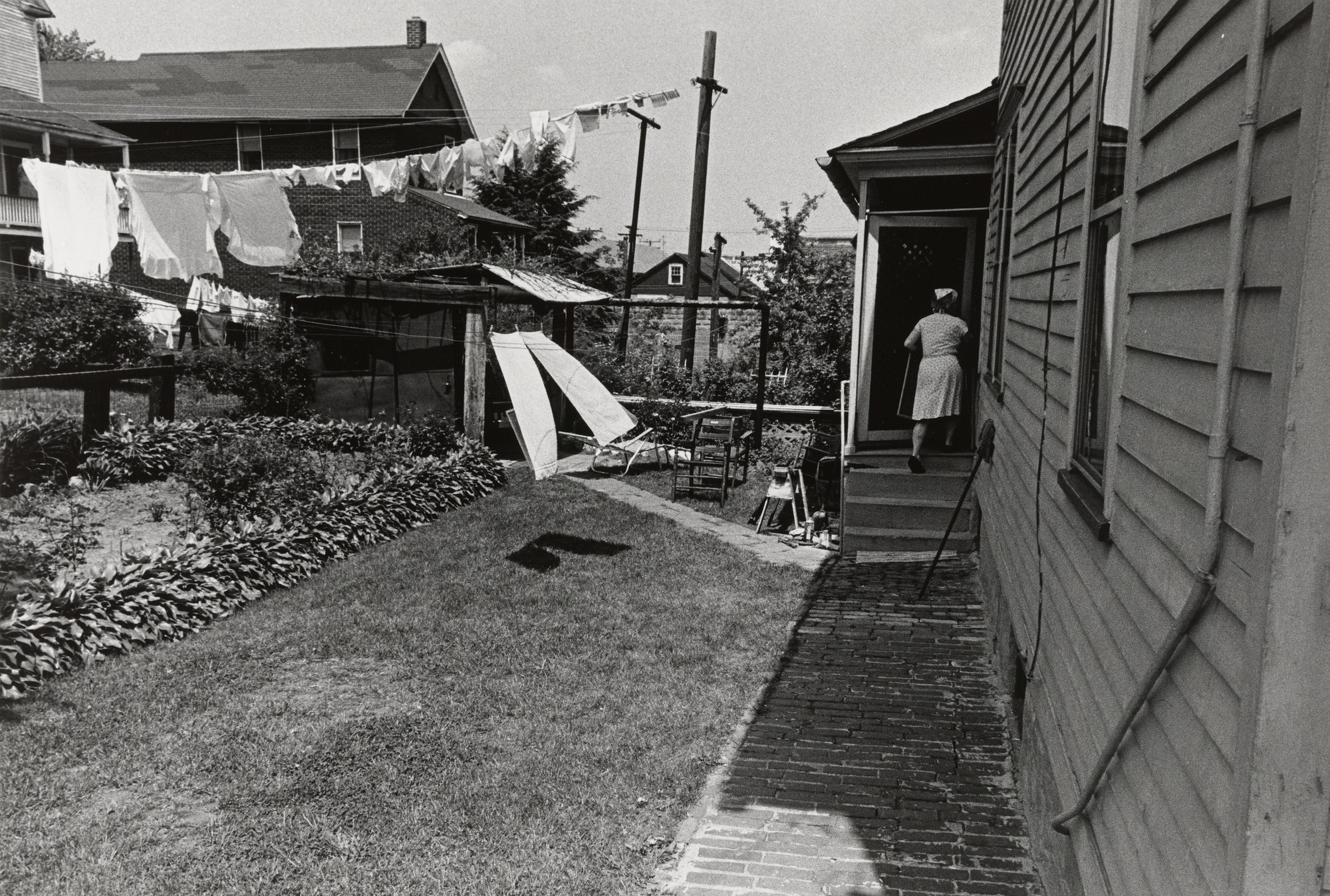
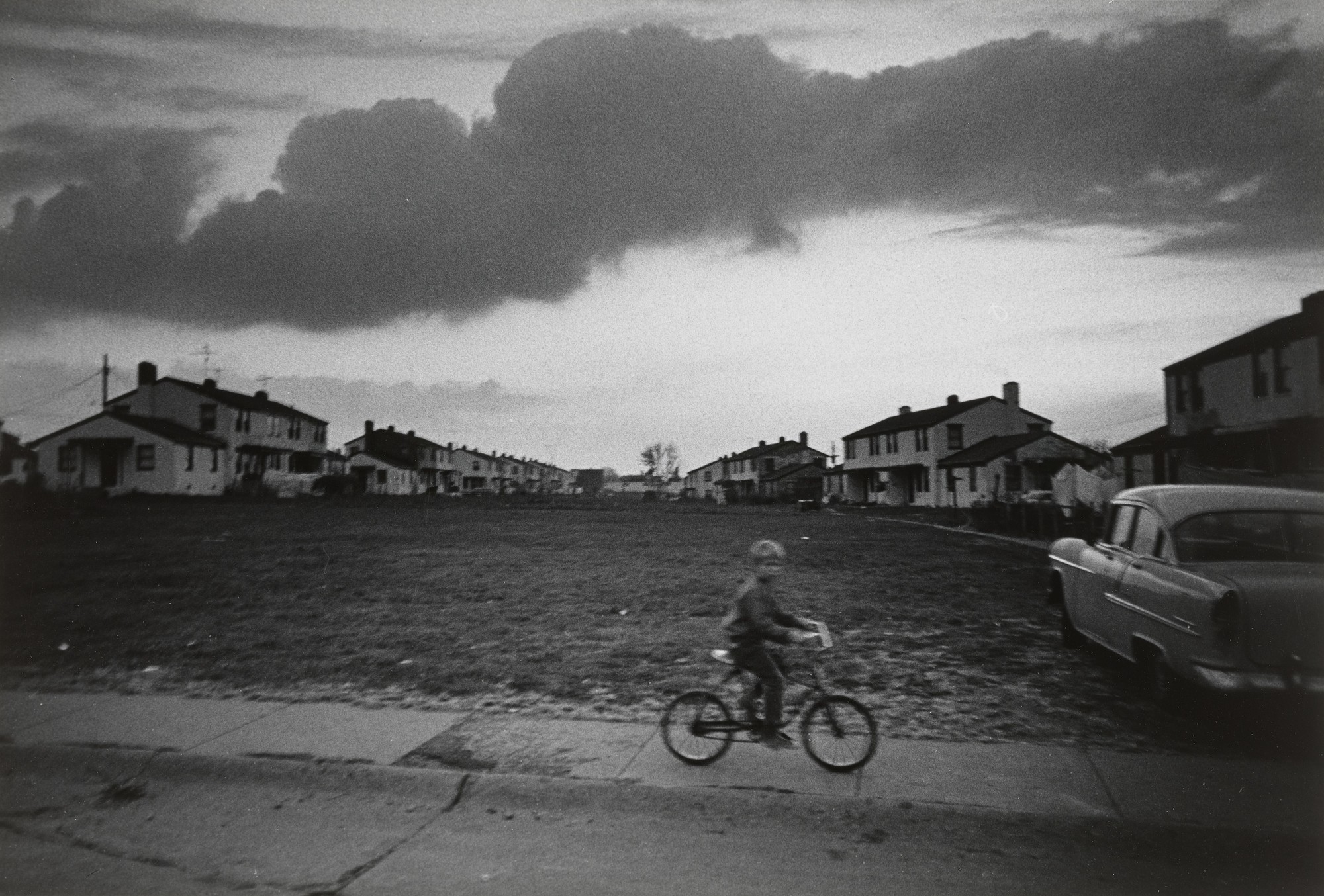

“I come in a bit closer. So it’s not a play; it’s a macro-play that I’m dealing with. It’s a macro-play that I create with my own intrusion into the scene…”
– Mark Cohen
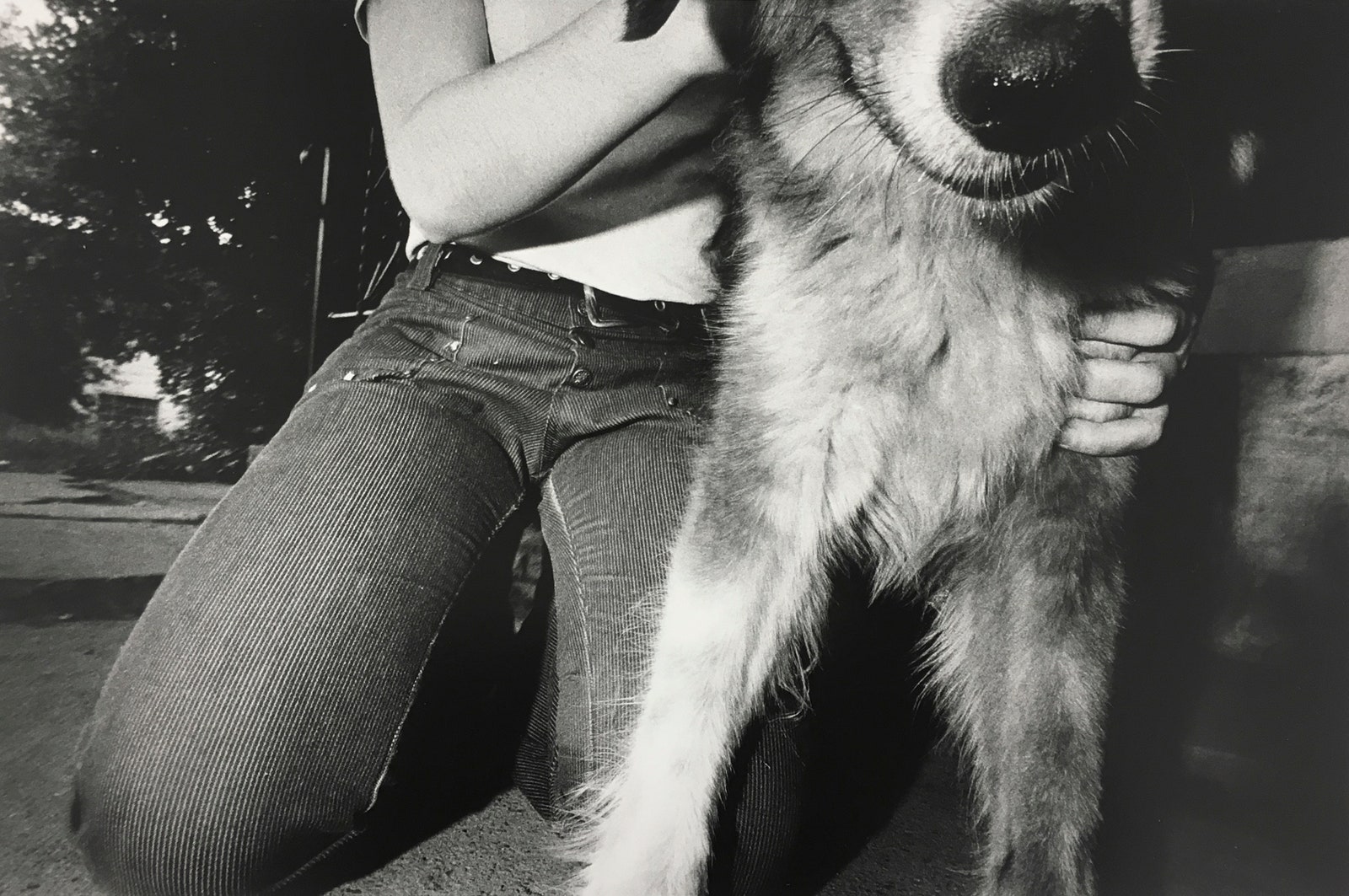
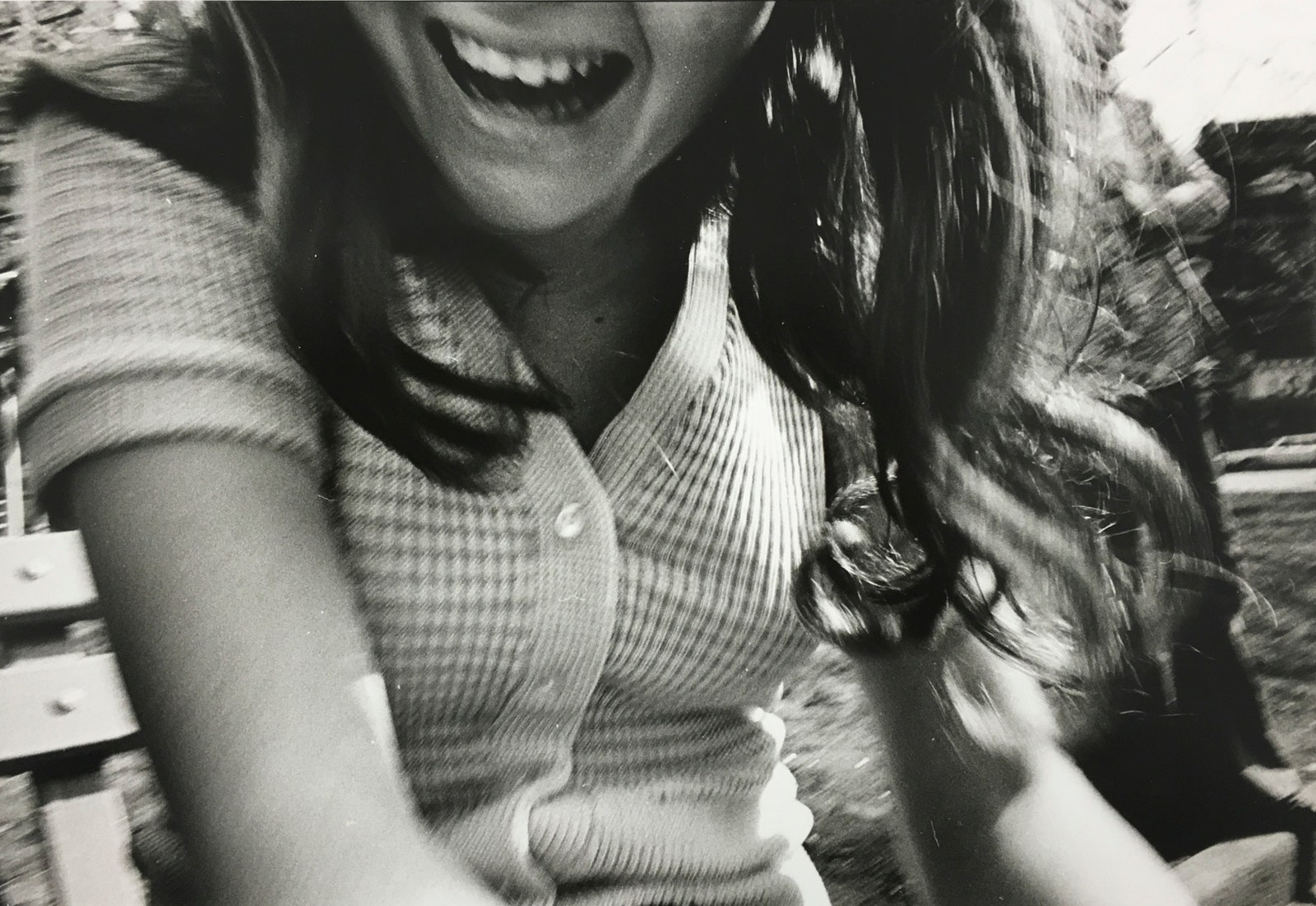
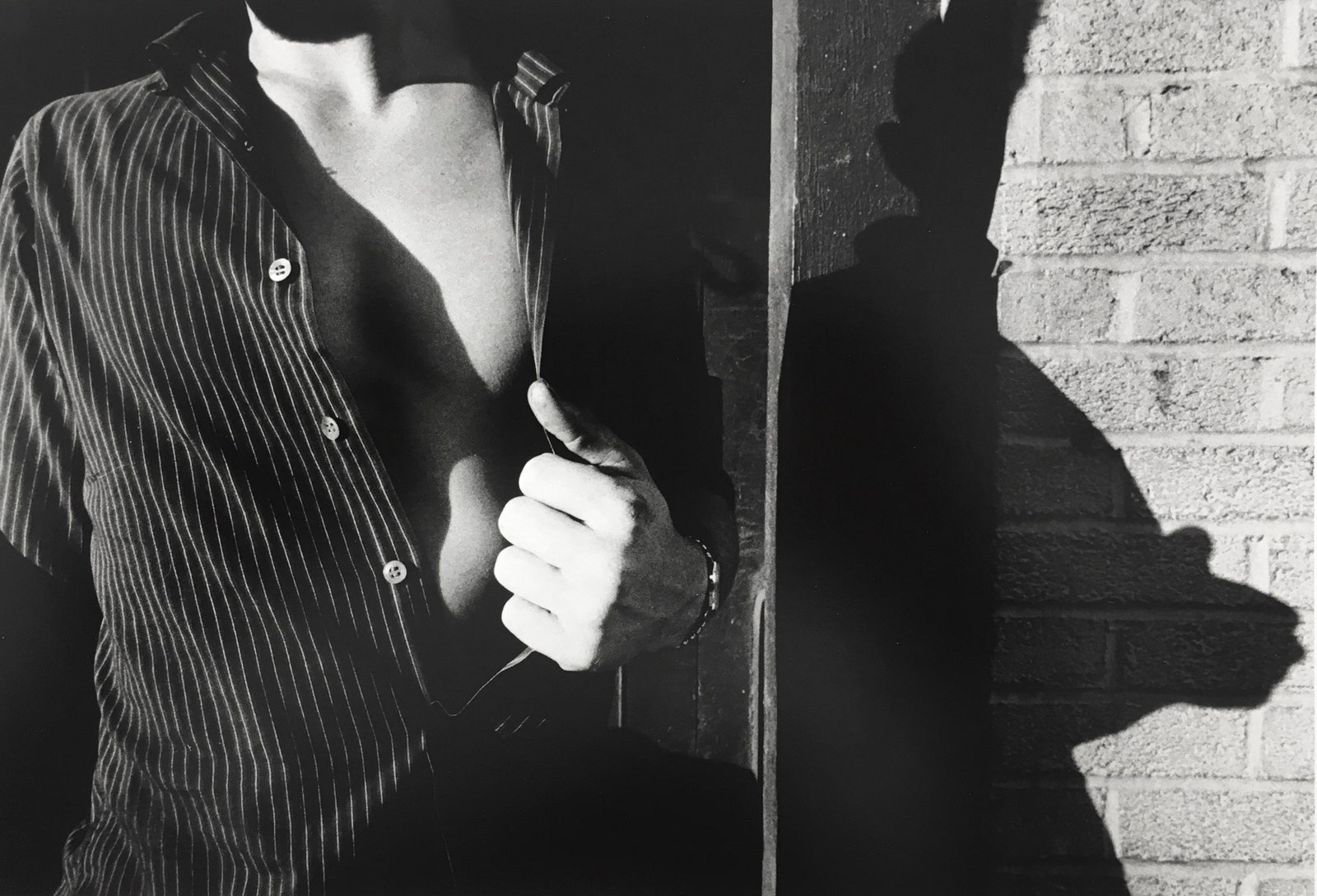
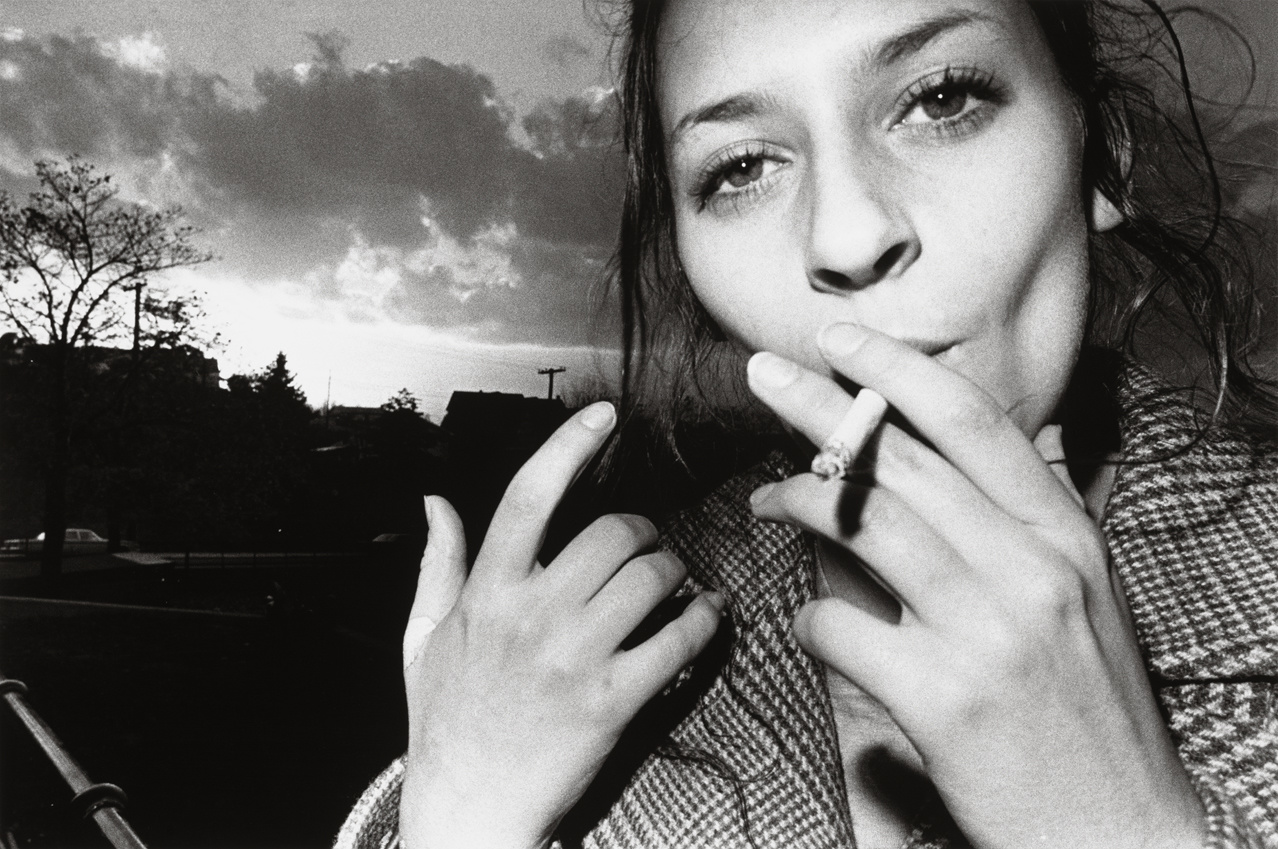
“The whole country is my studio. I used to go work under a certain bridge if it was pouring, because people used to hide there from the rain. If it was a cloudy day, I would go to a different place. So I used these neighborhoods like a set. And I still use them like that. There are certain places I know that, if I go there in the evening– I like to take pictures at dusk– they will have a certain flavor even today.”
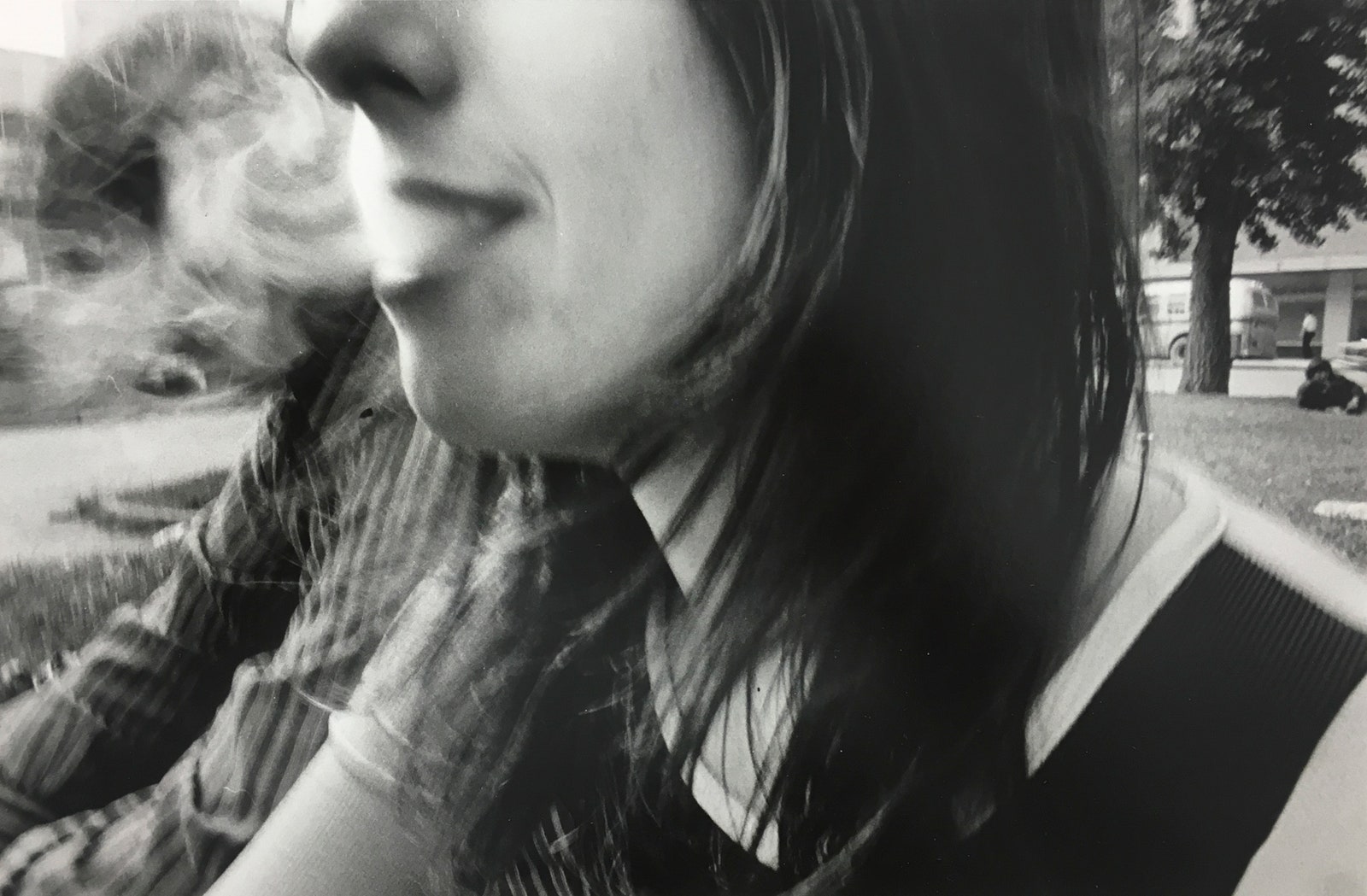
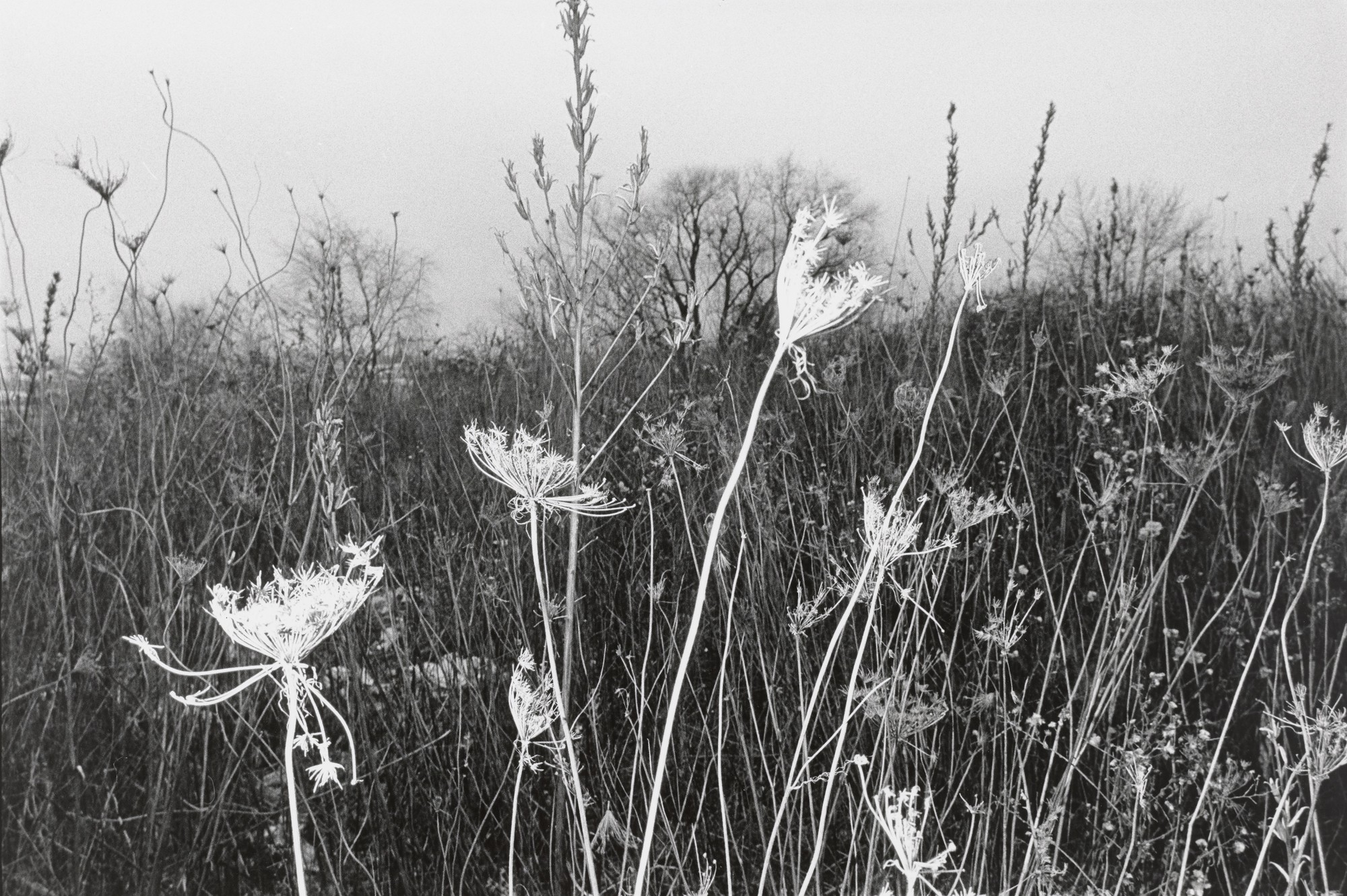
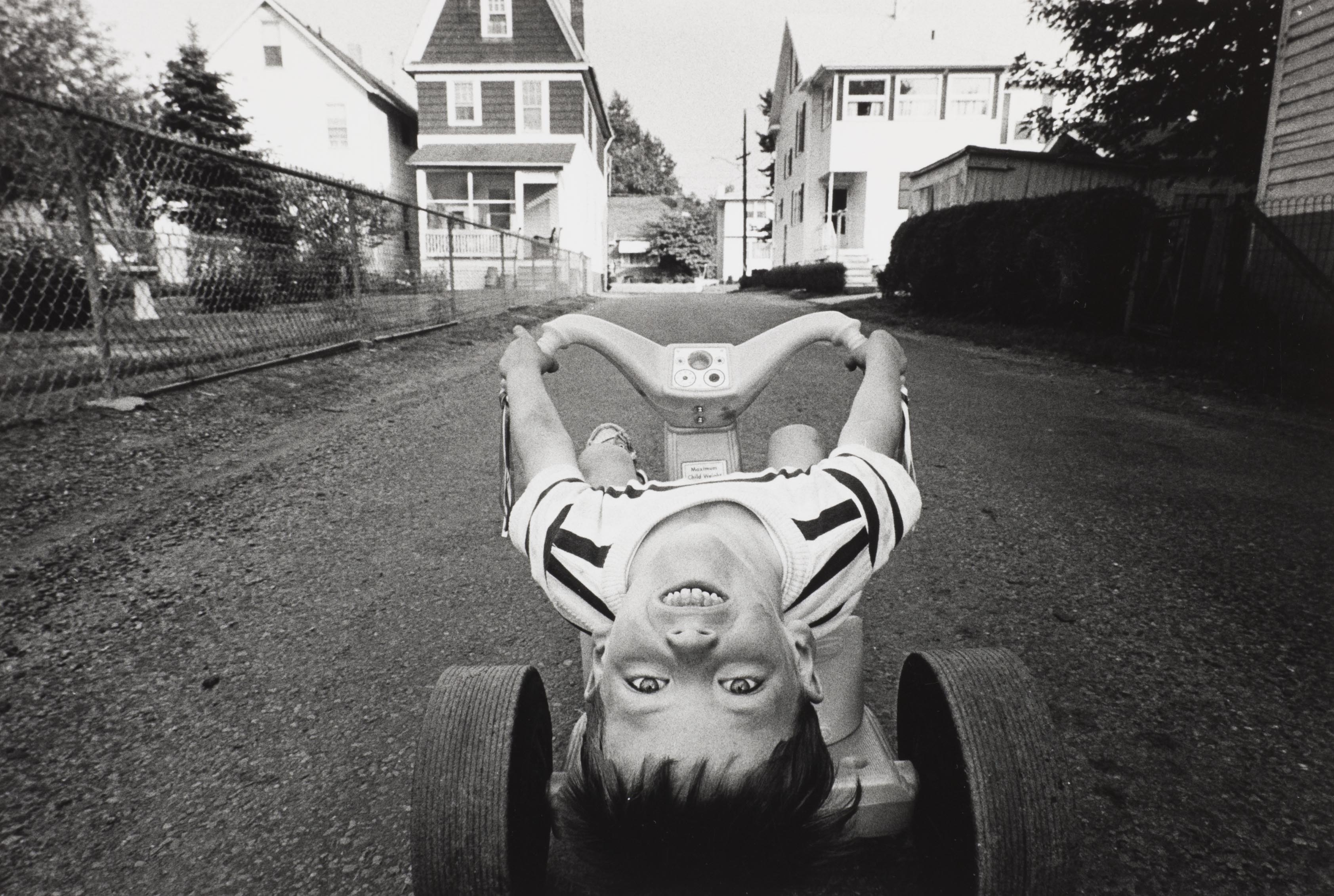
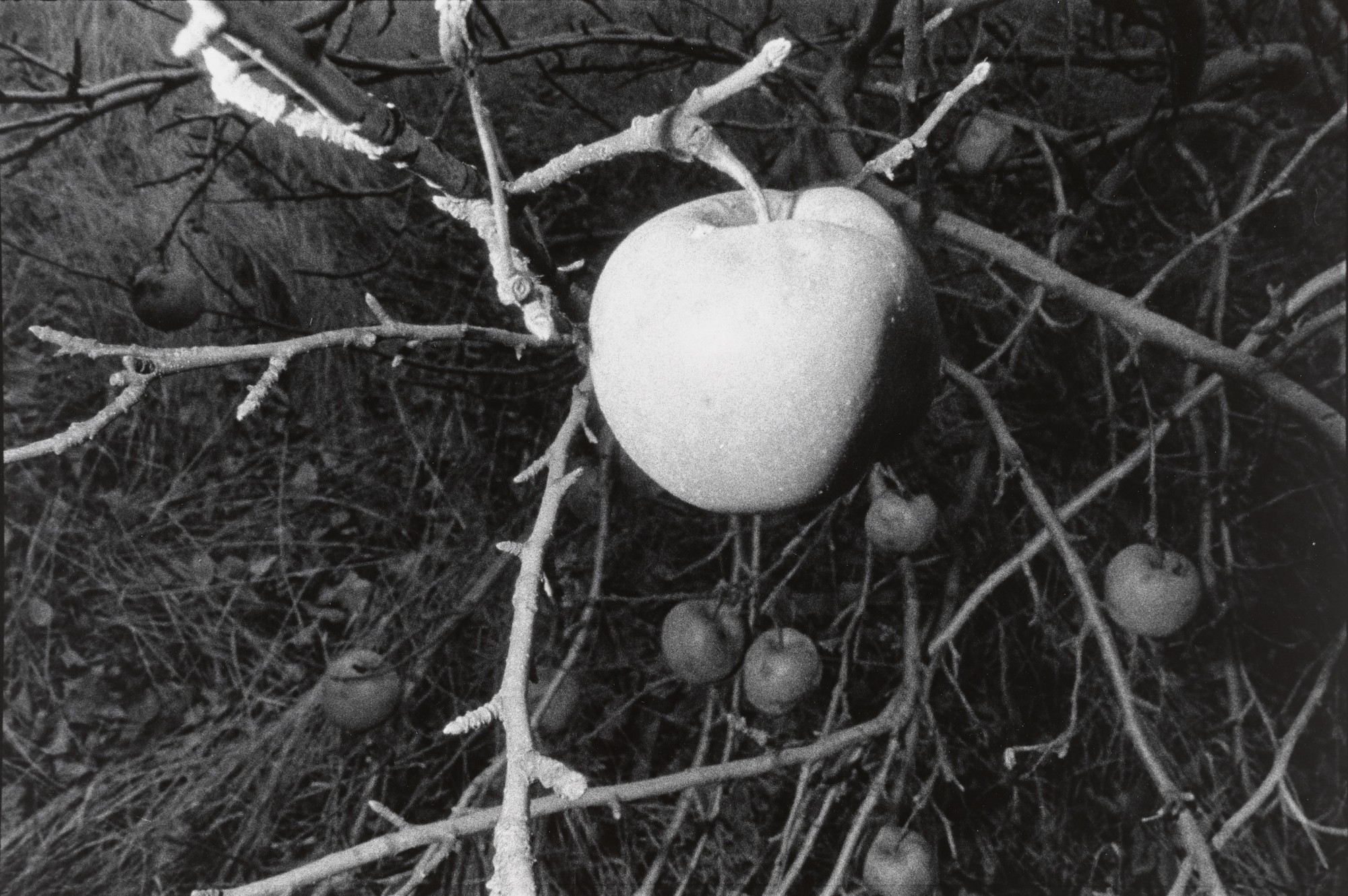
“It sets up a formal look, or what I think of a formal value in the picture where your subject is highlighted and the background is dark. But the main reason I used flash was that it gives you a zone from 2 to 8 feet and you don’t have to focus, and you don’t have to worry about the subject being blurred either, because the flash is a thousandth of a second. So, you get very sharp and clear pictures of your subject.”
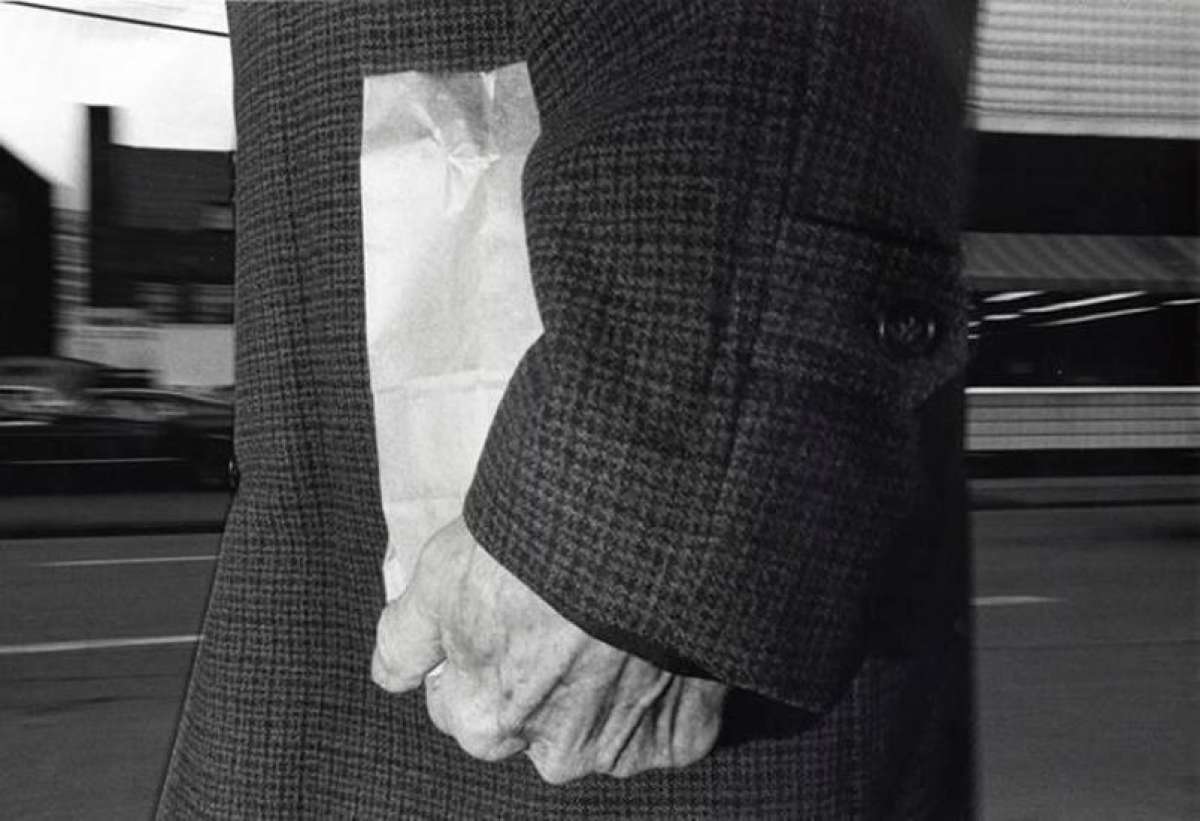
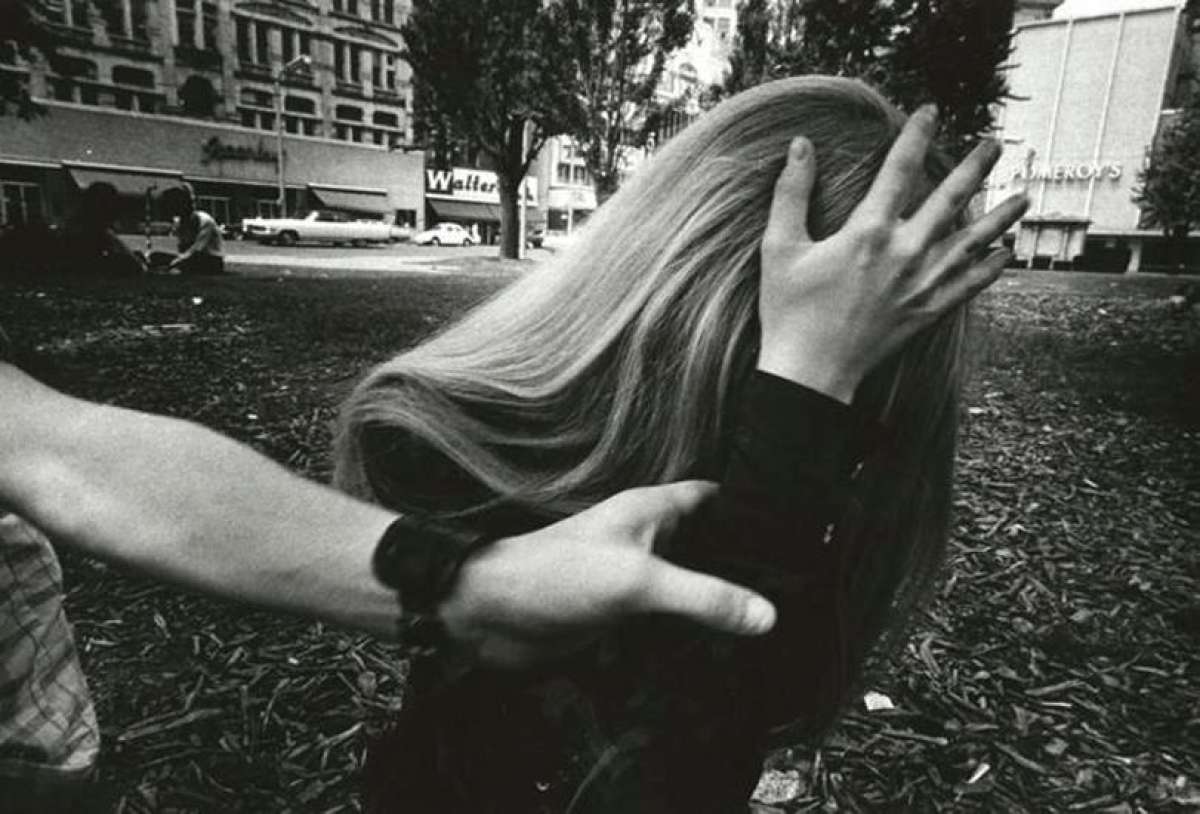
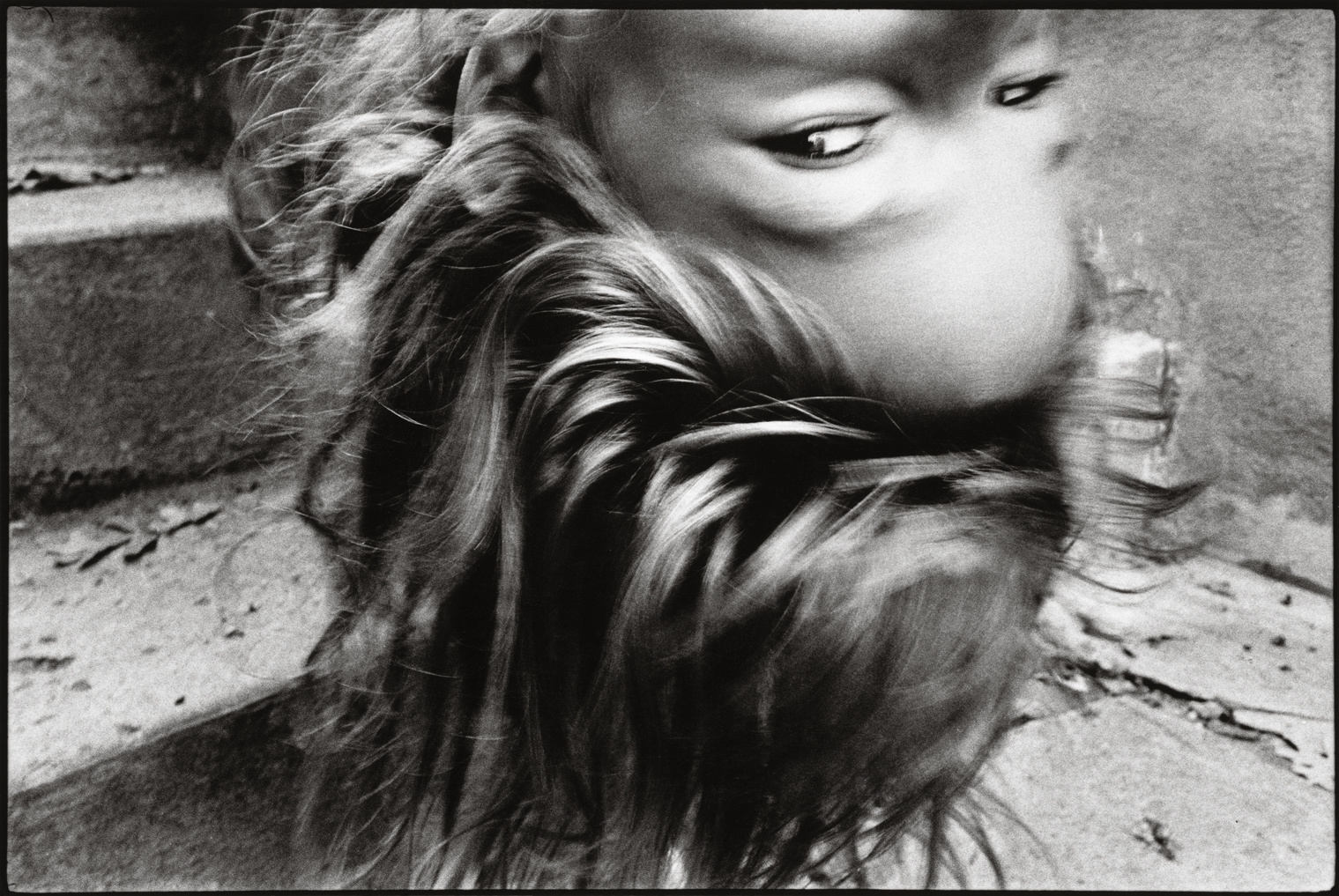
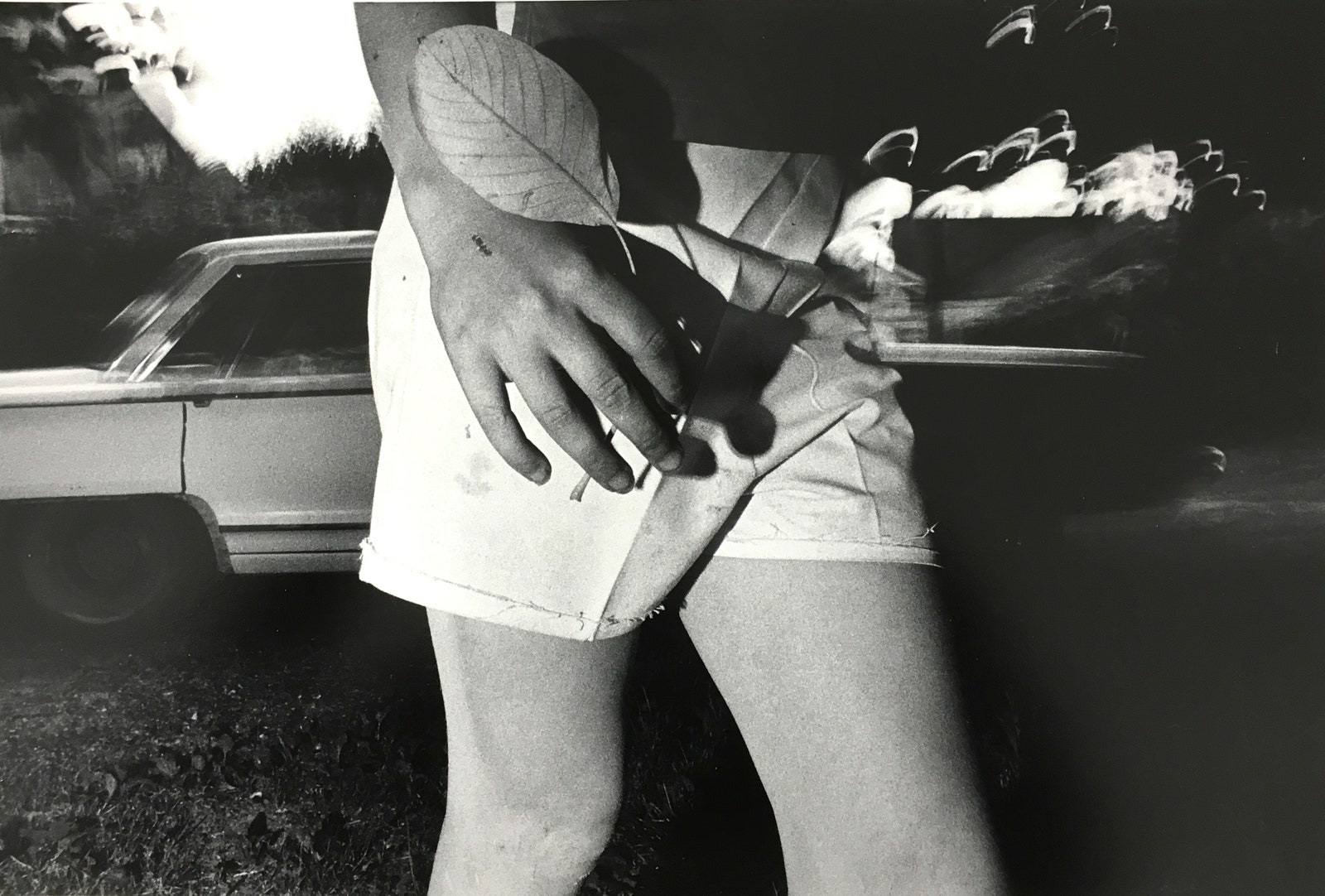
“I just made my photos in Wilkes-Barre and a few other places because I wasn’t the kind of photographer who liked to, or needed to, travel around the world… I work on an extremely narrow range, in terms of my method and technical issues, too. It’s what is in my head that has developed over time. So I’ve just kept taking pictures in the same two counties.”
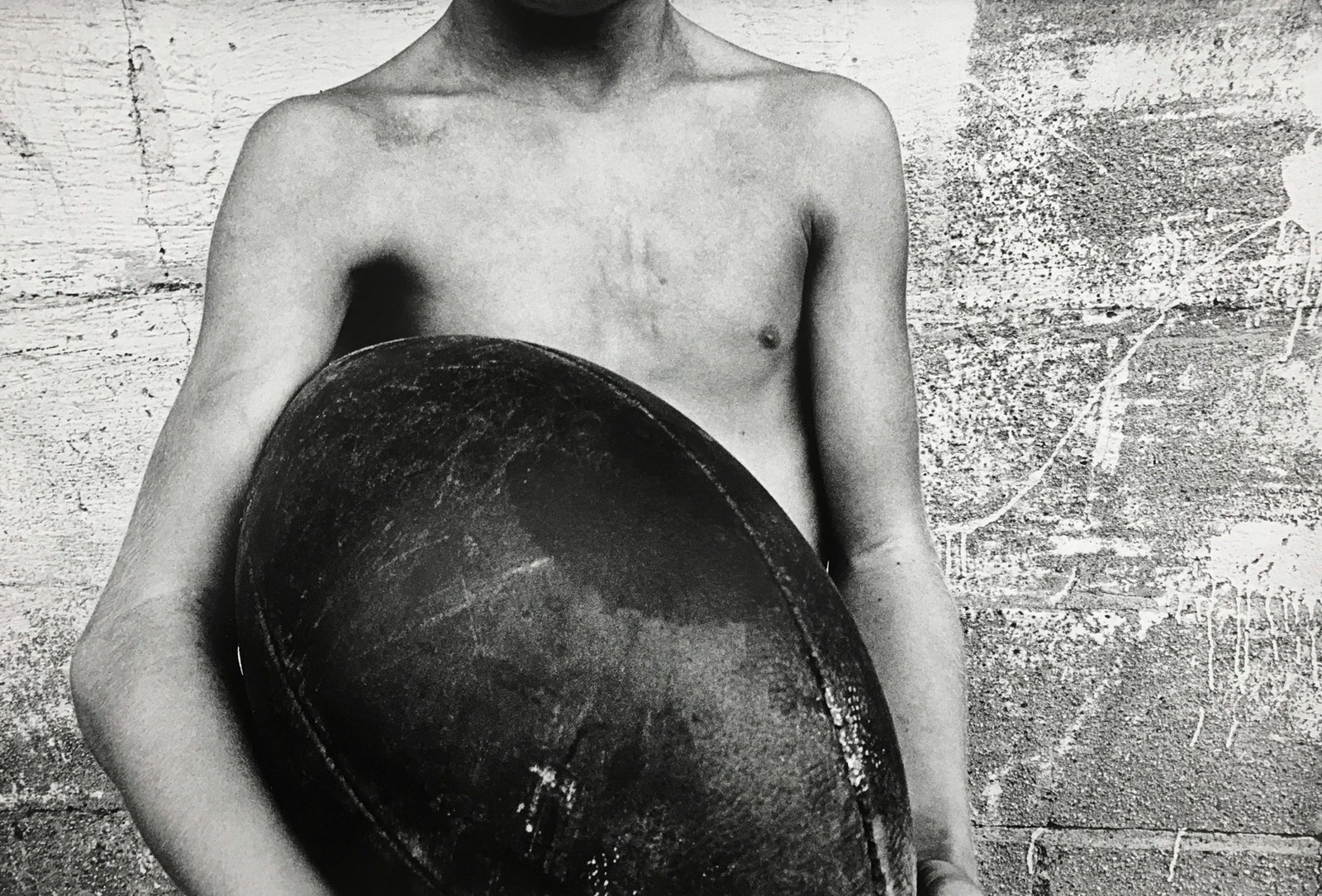
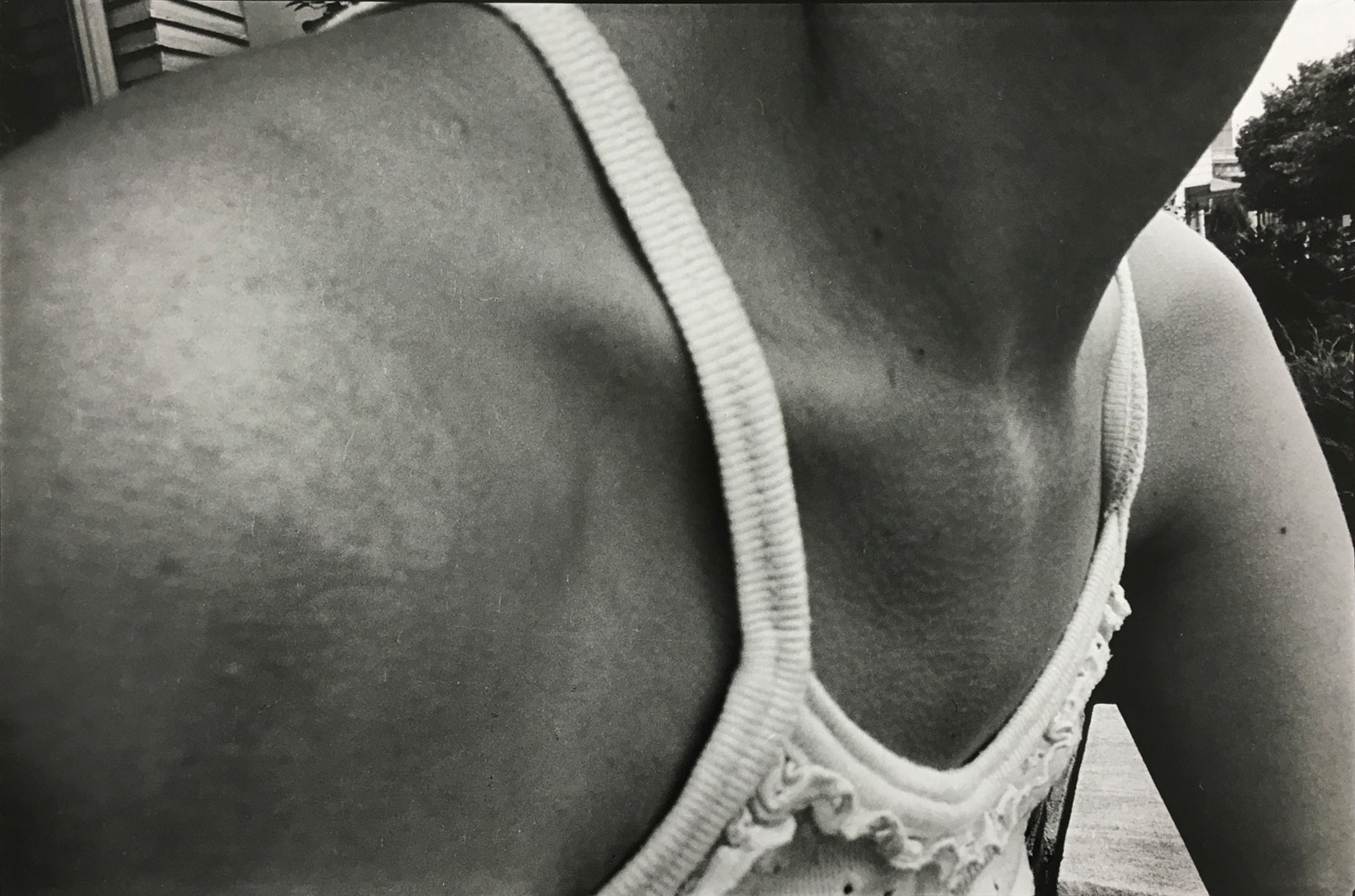
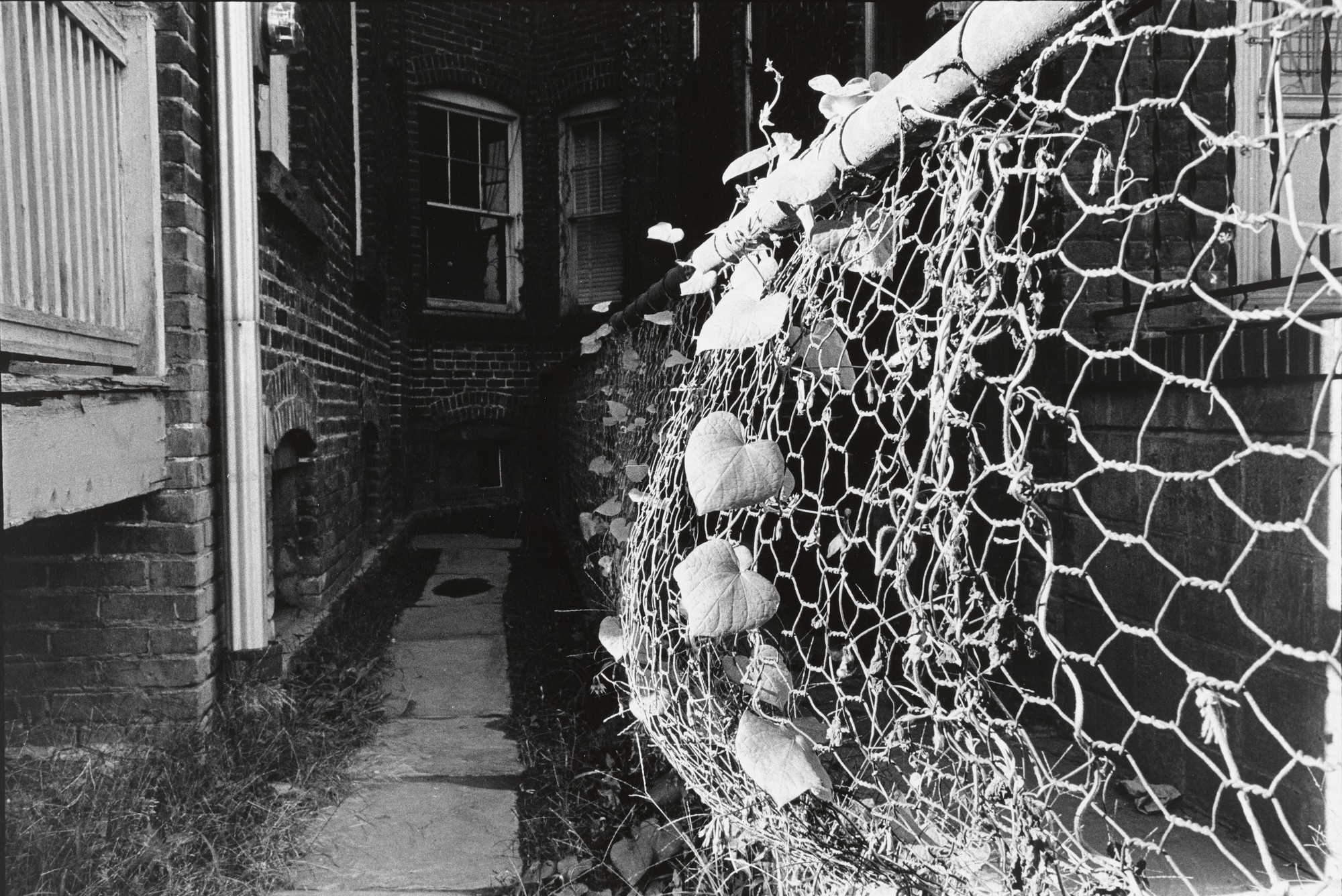
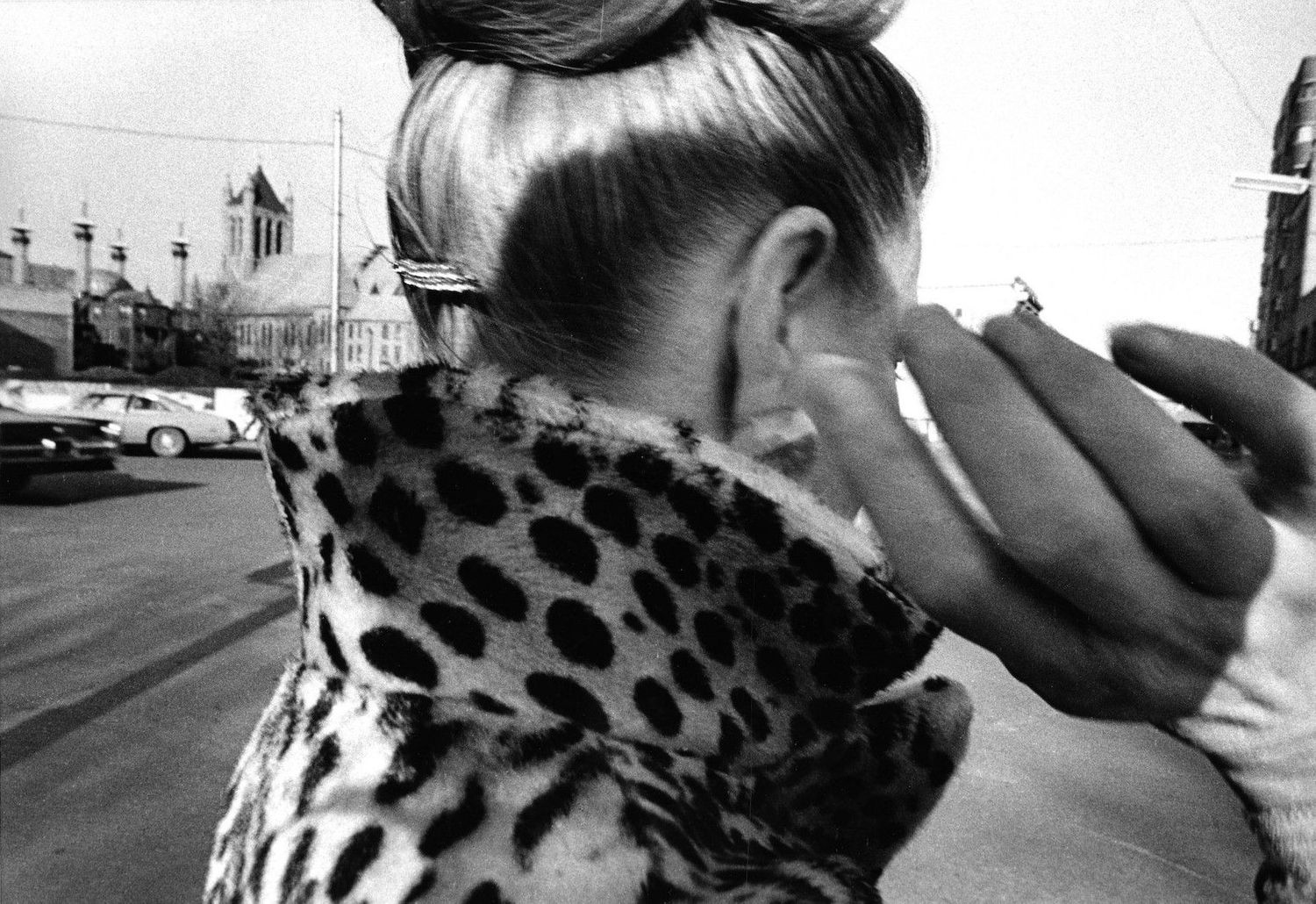
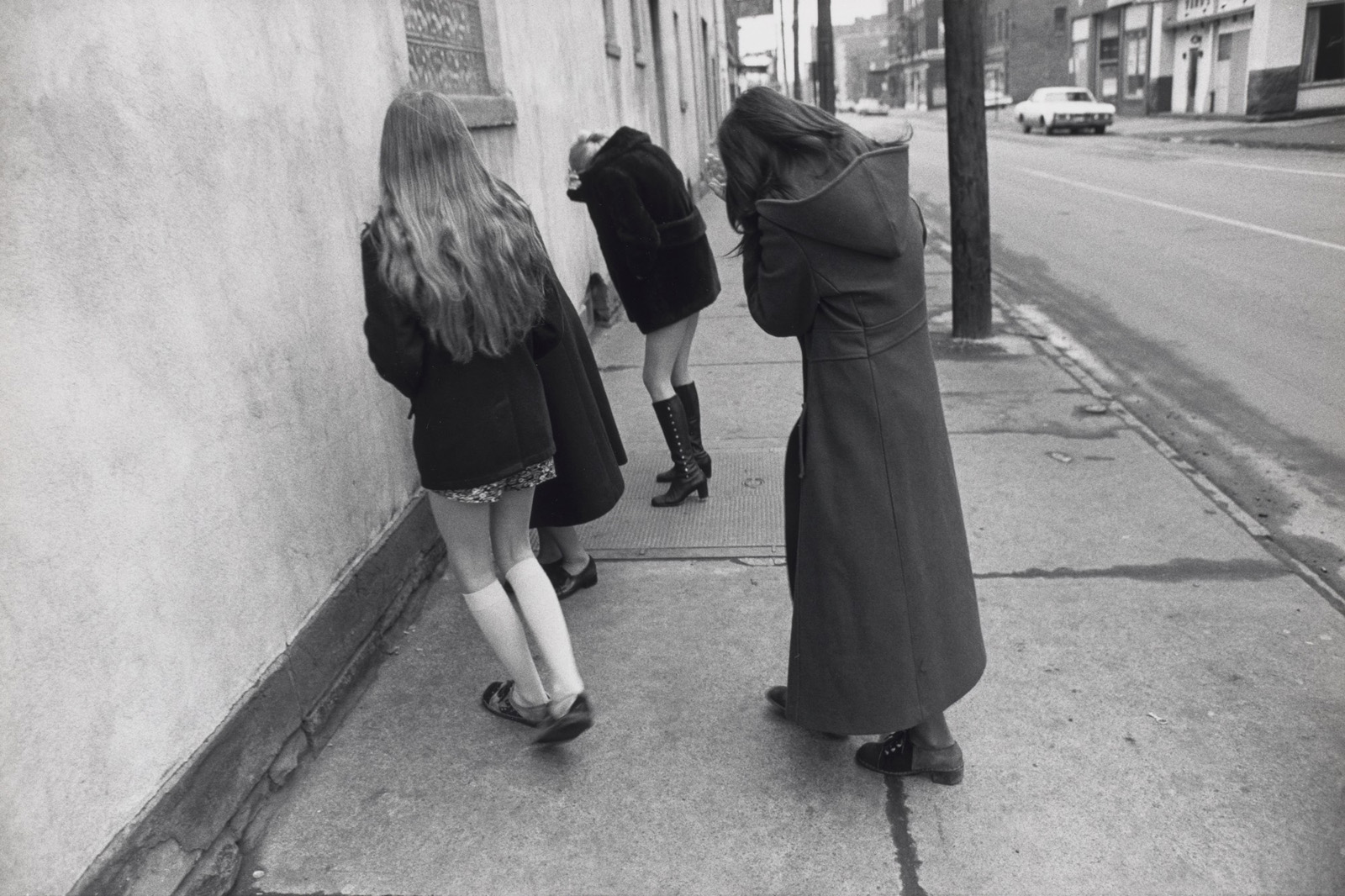
“I became a surrealist because I kept walking around the same blocks, and I started taking a picture of a guy’s shoe. I didn’t know what I was doing exactly. I was just being led by whatever I would see.” – Mark Cohen
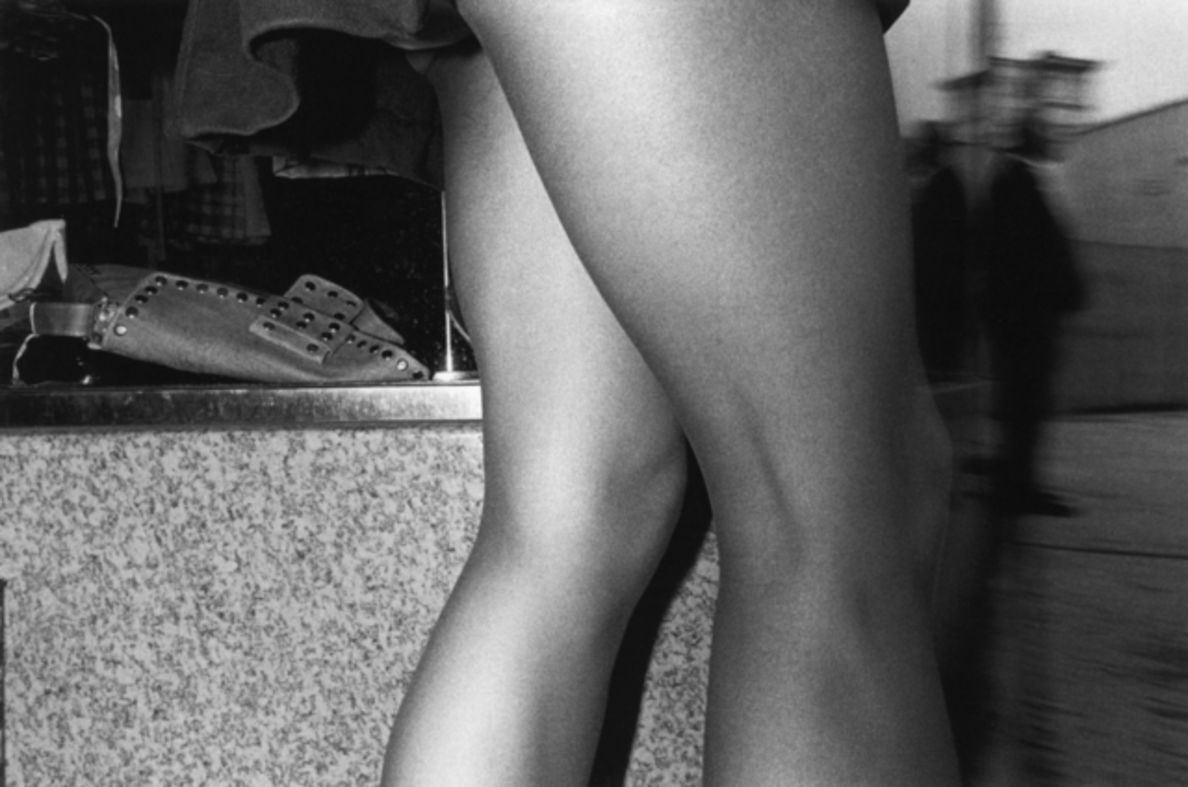

“Well, I was making art so I suppose I had license. That’s how I felt. Nobody was getting assaulted really; nobody was getting hurt. The intrusion was to make something much more exciting and new than sneaking a picture on a subway, like those buttonhole Walker Evans pictures or the Helen Levitt pictures. This is a whole different level of observation.”
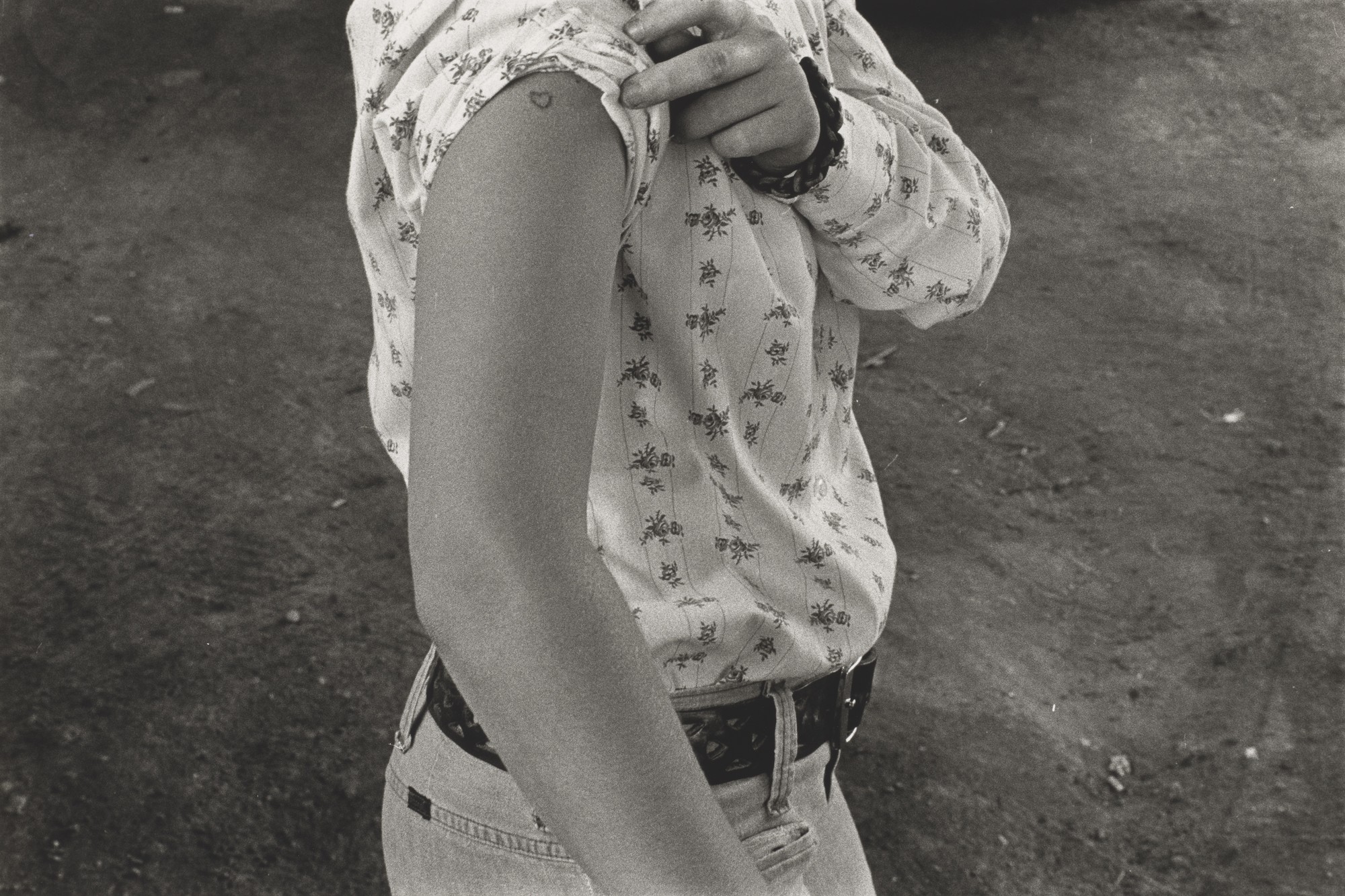
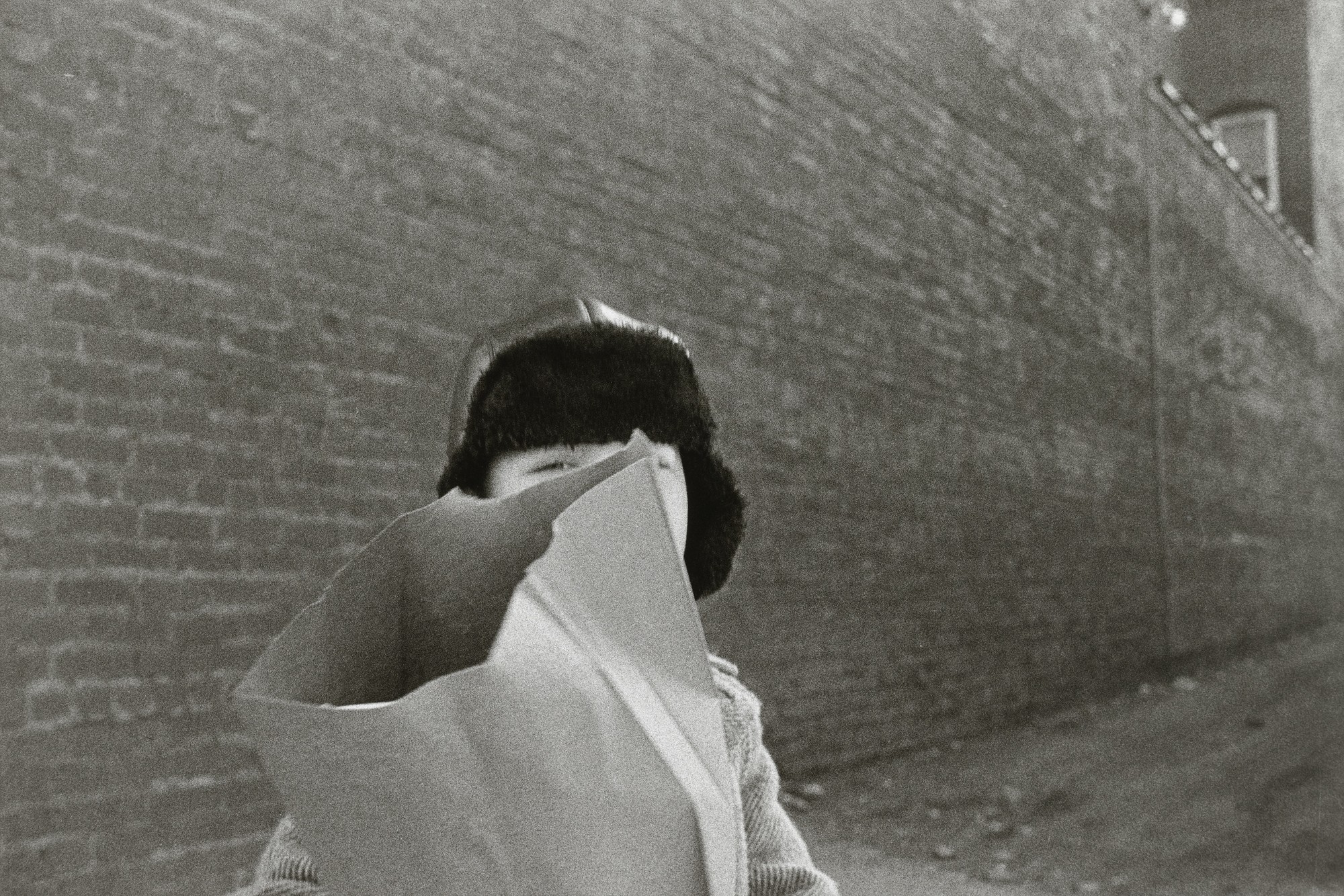
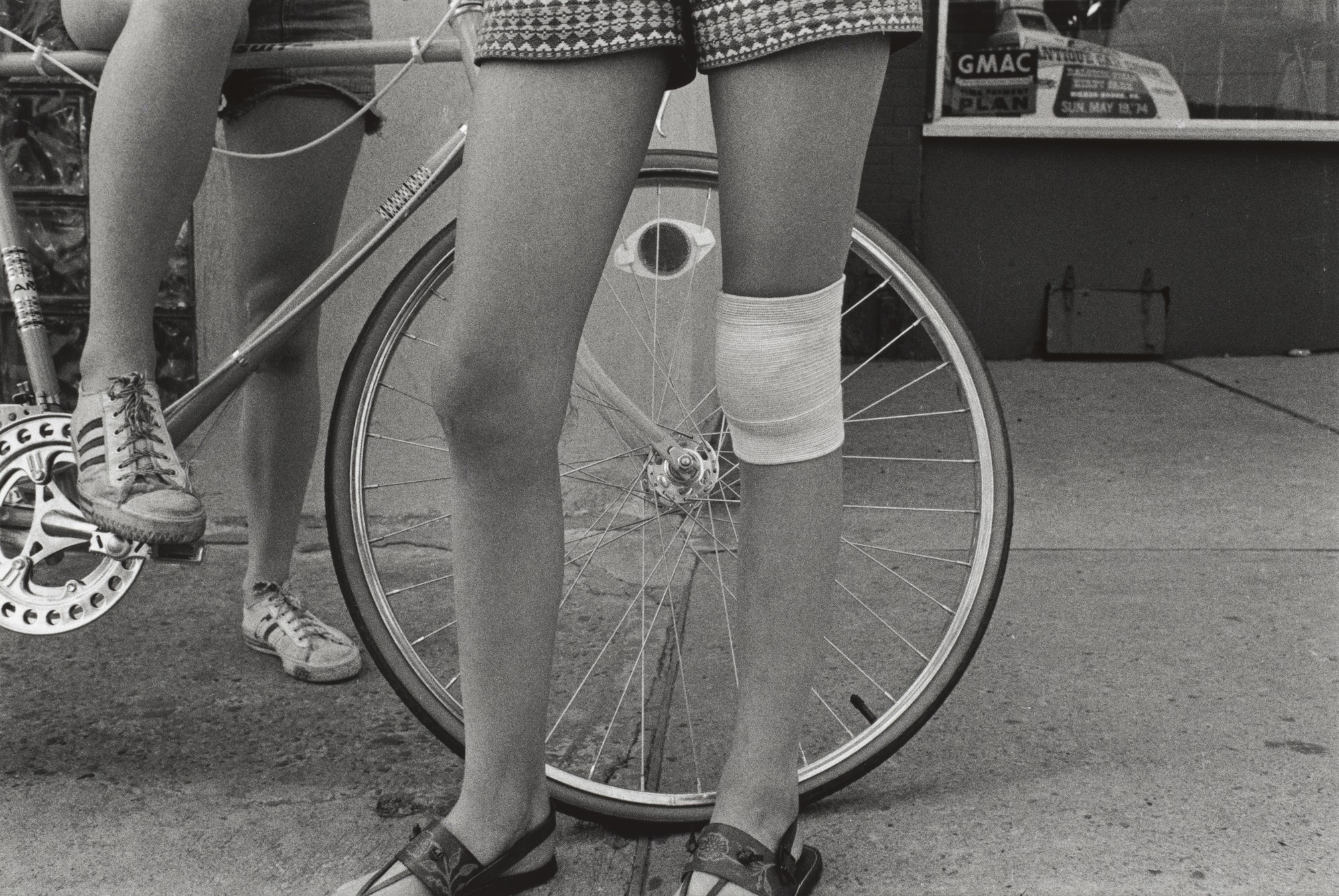
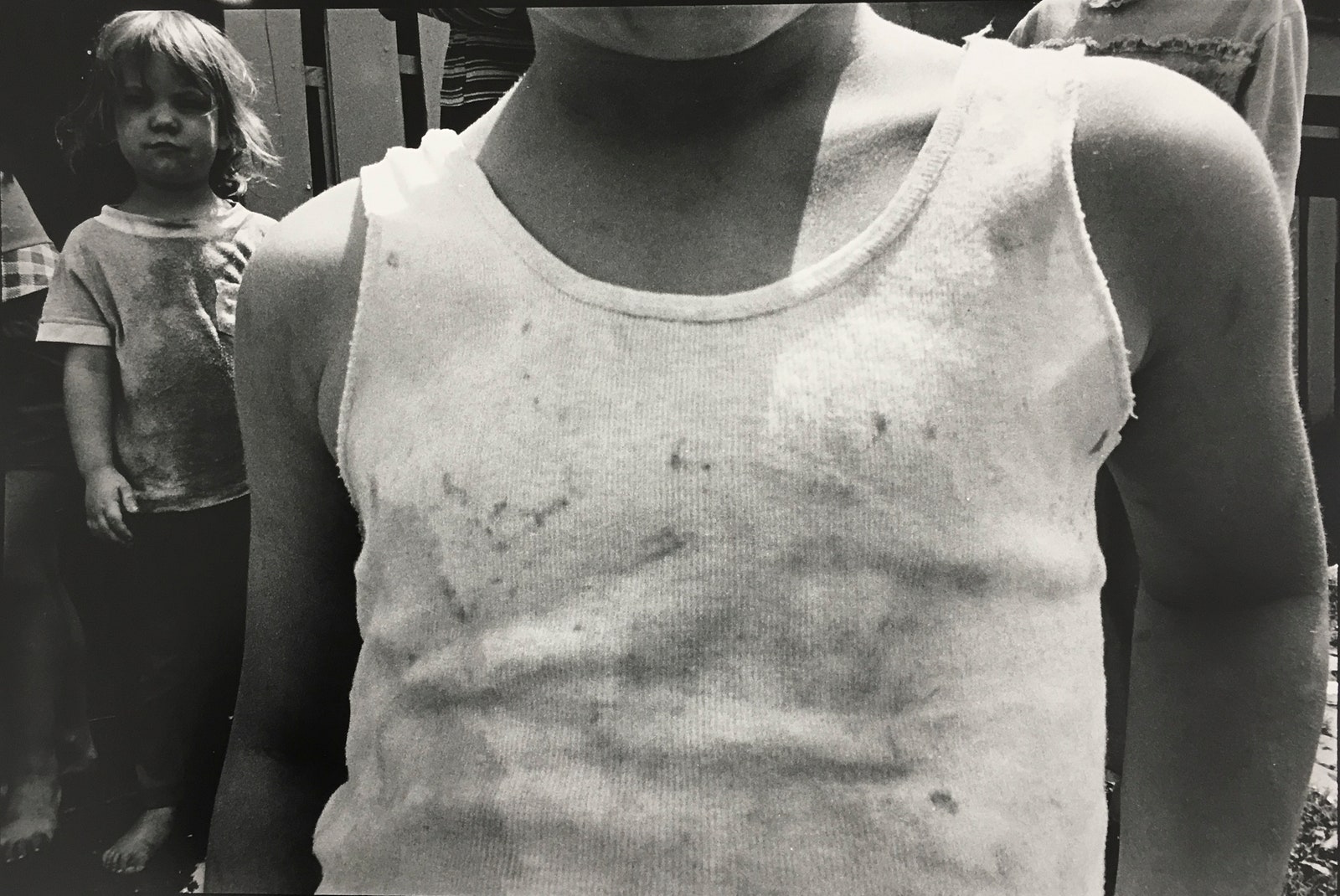
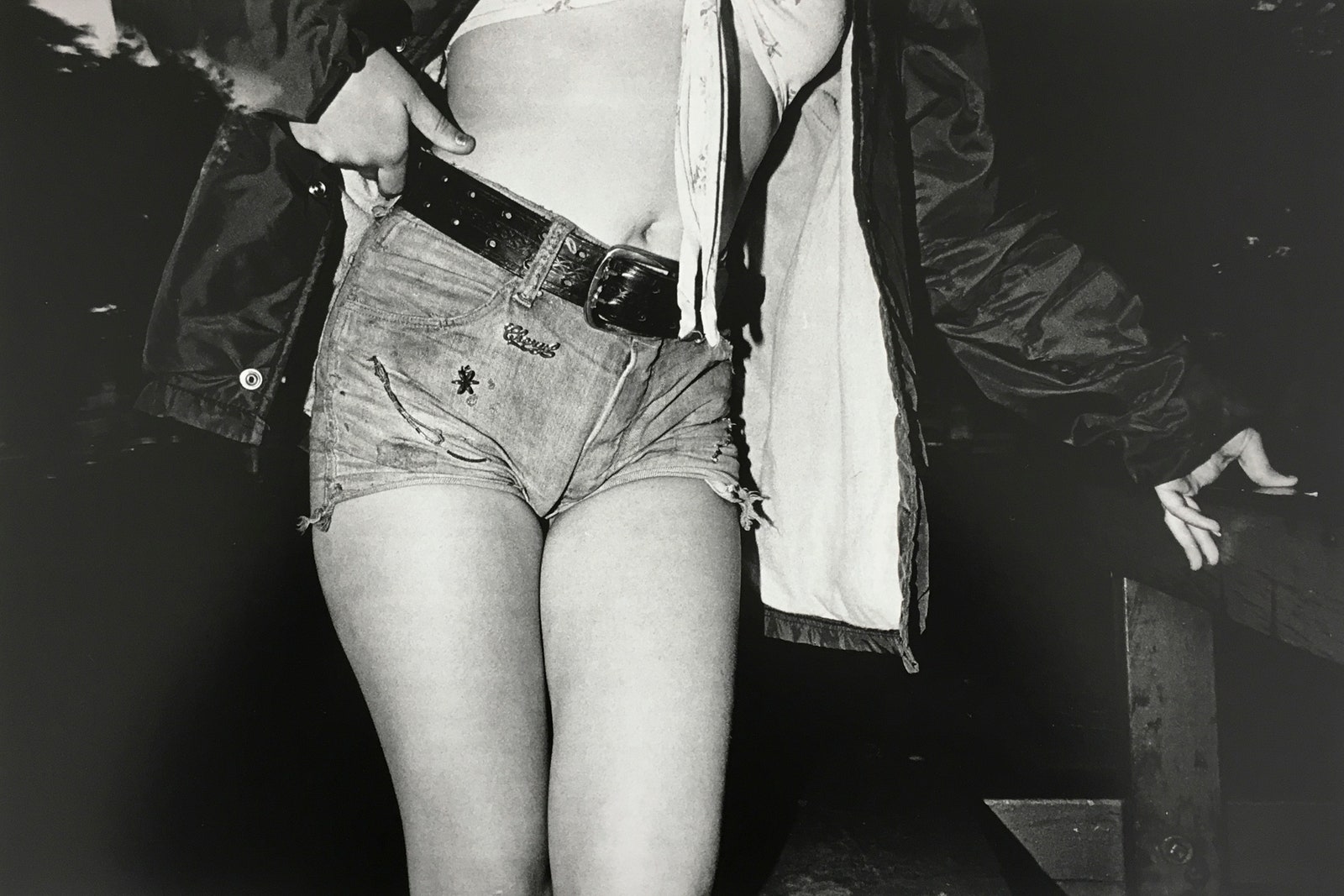
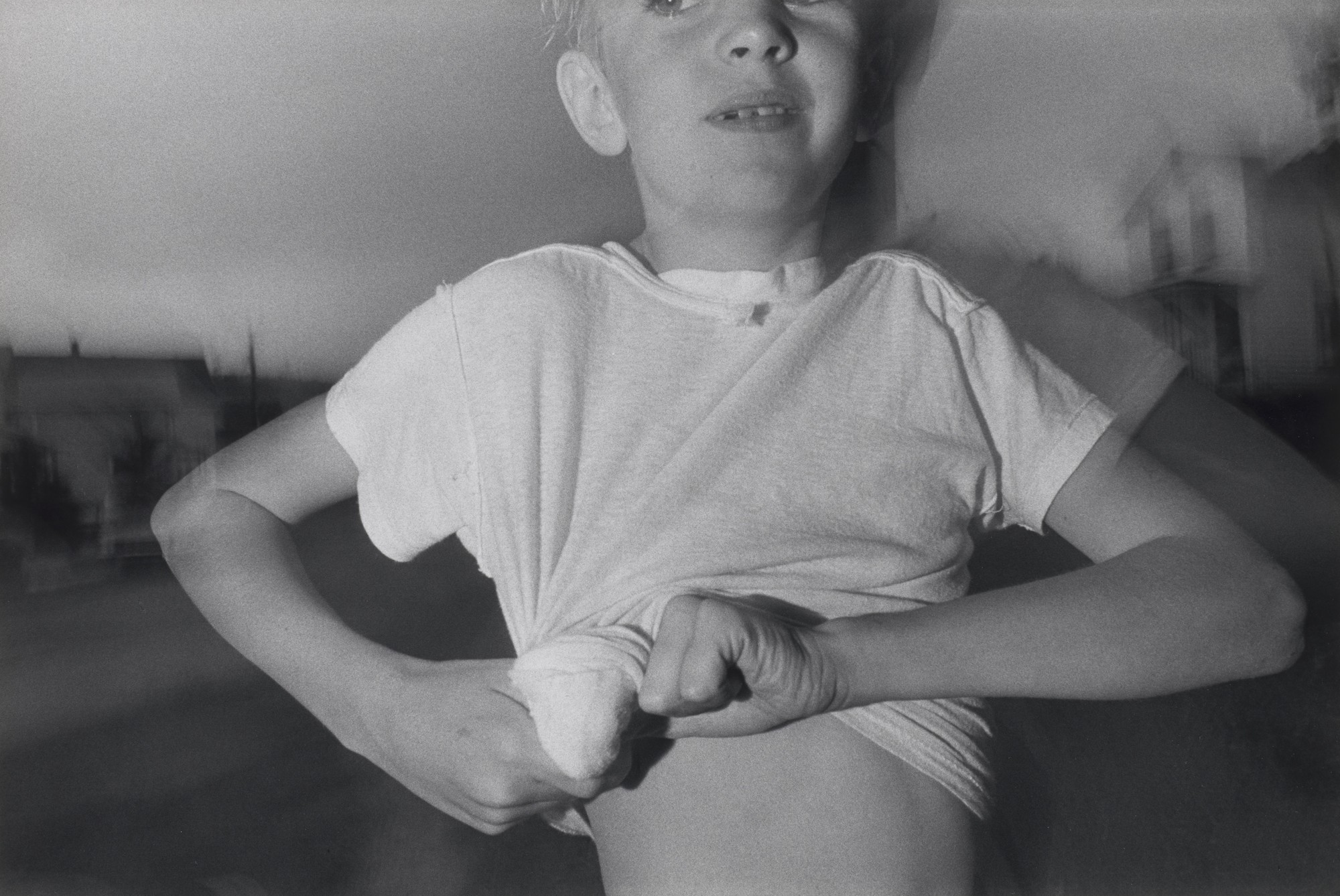
“A lot of this is mood driven, but I don’t exactly know where the motive and inspiration to take pictures comes from. So it’s very spontaneous work; there’s not a lot really to plan.”
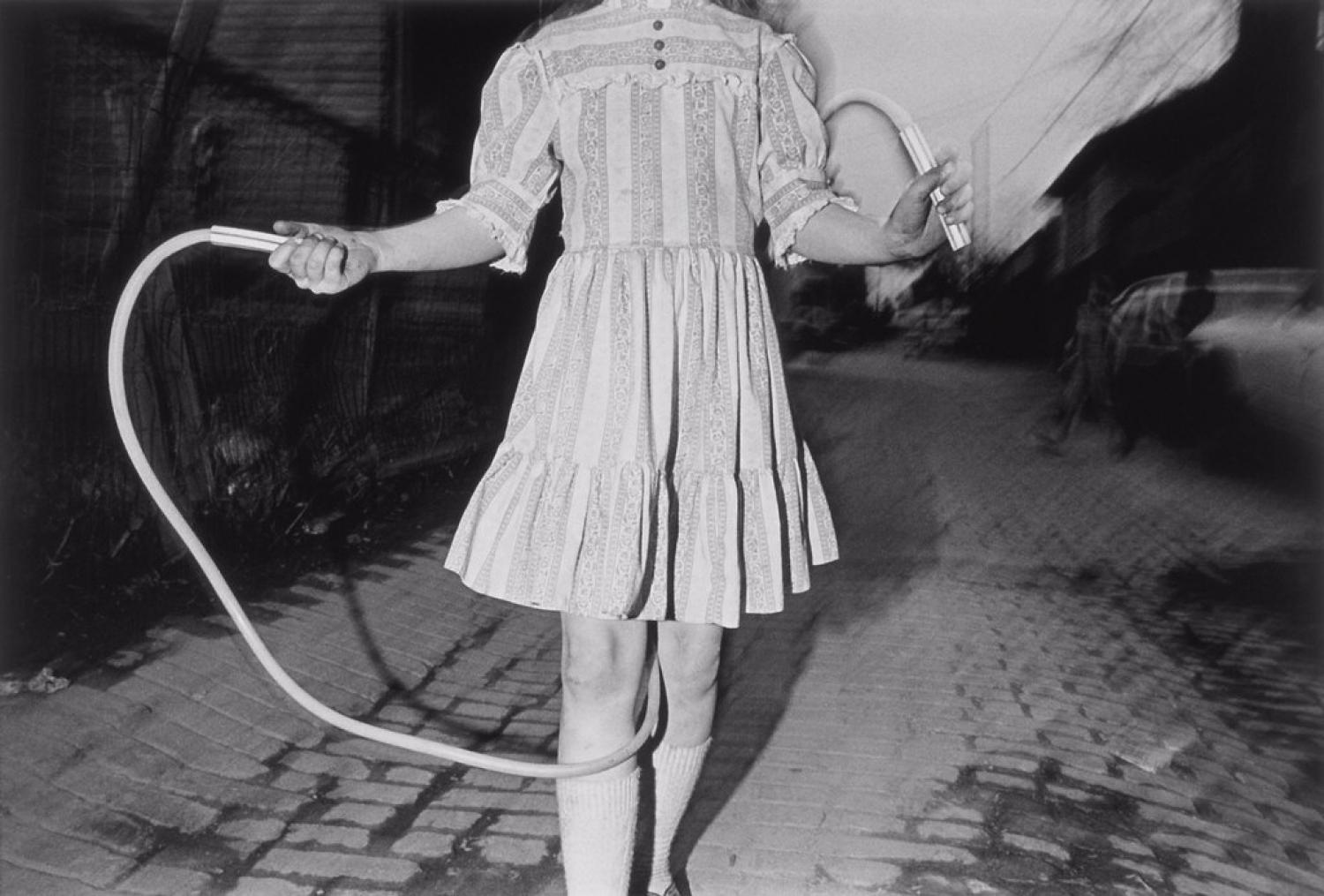
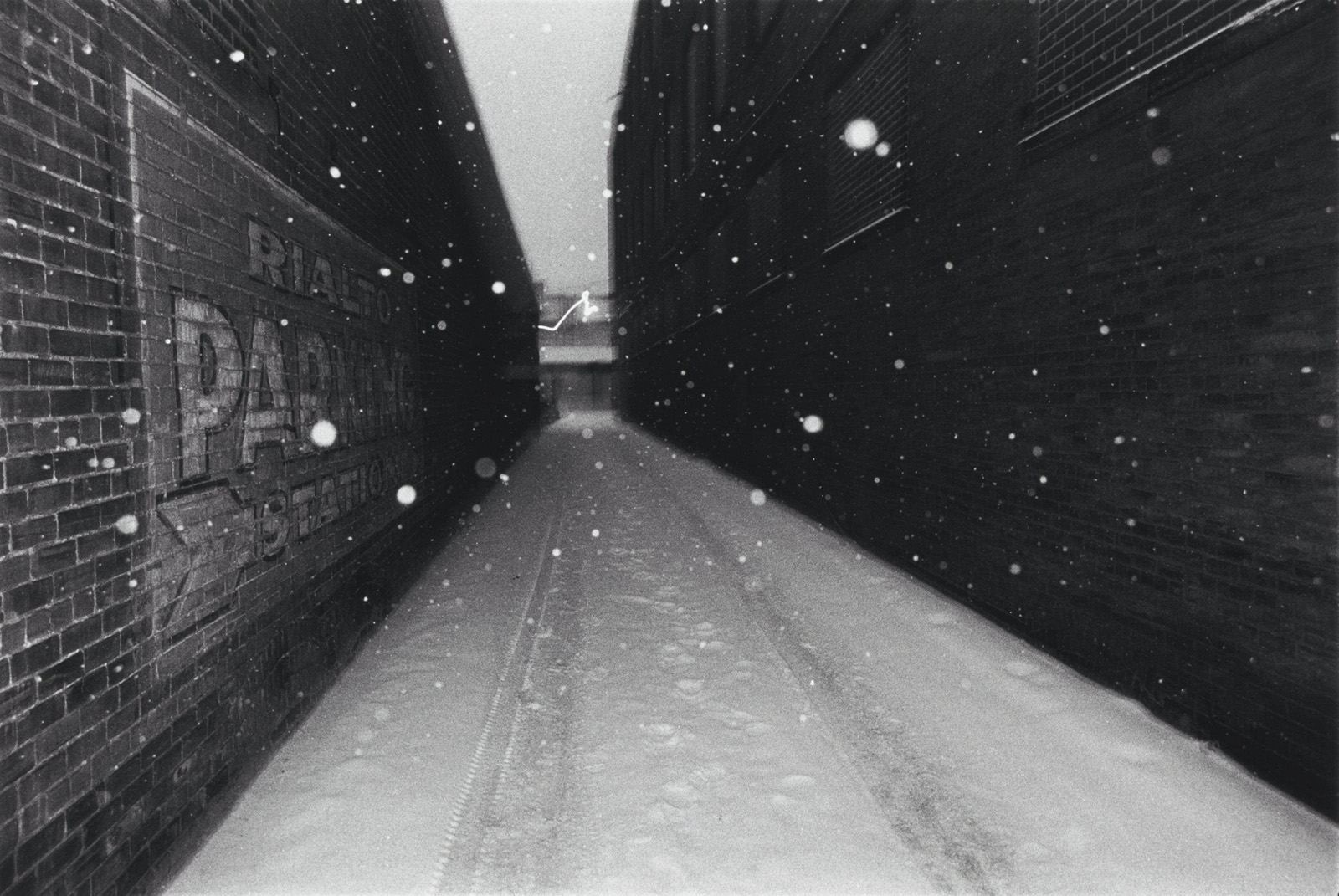
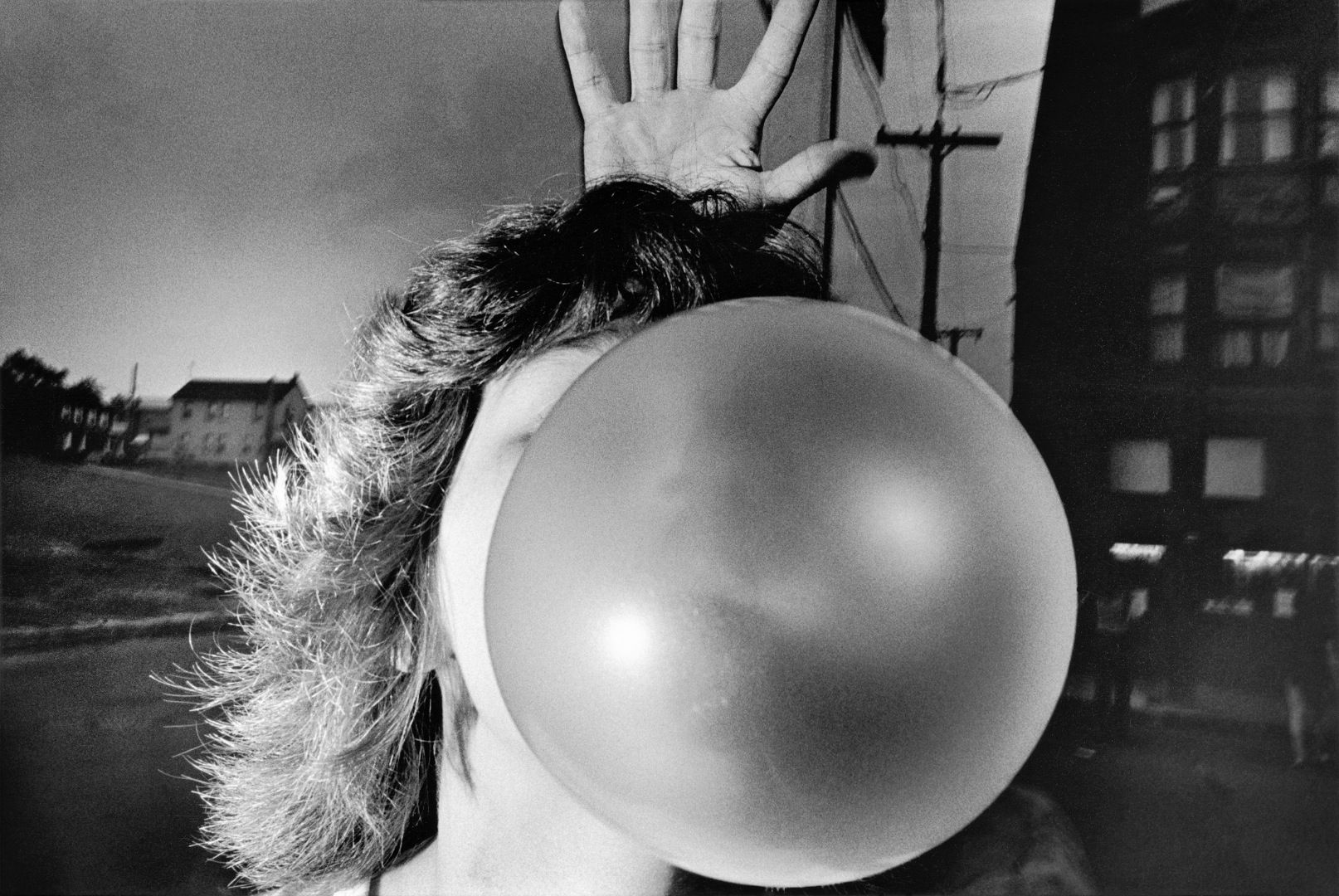
"In the early seventies I was making pictures with 21 and 28mm lenses that just enlarged the depth of field incredibly, and the little flash would carry out 3 to 5 feet. So in that small space, like in the knee picture or the bubble gum picture, I’m only a foot or two away from these people. And I learned to hold the camera very levels the pictures didn’t look like wild wide-angle pictures"
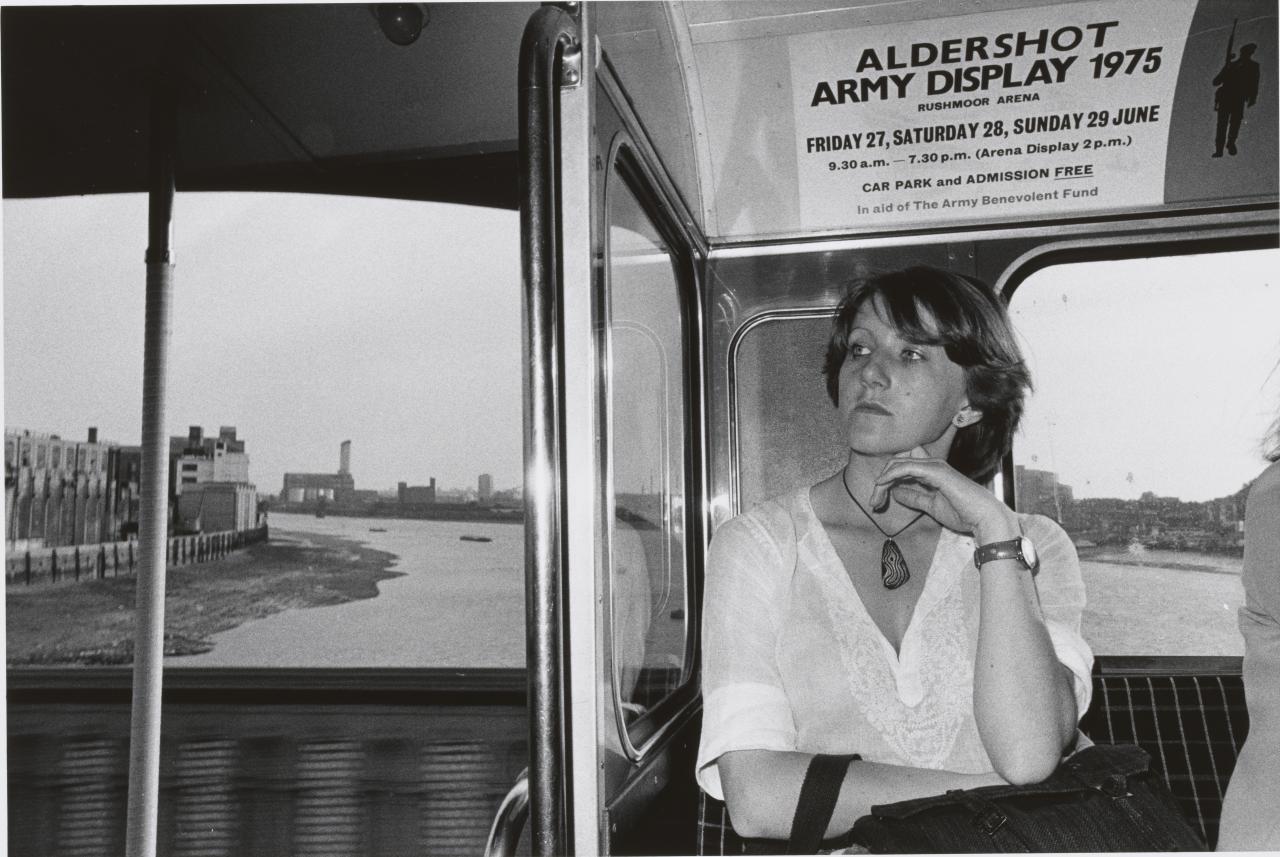
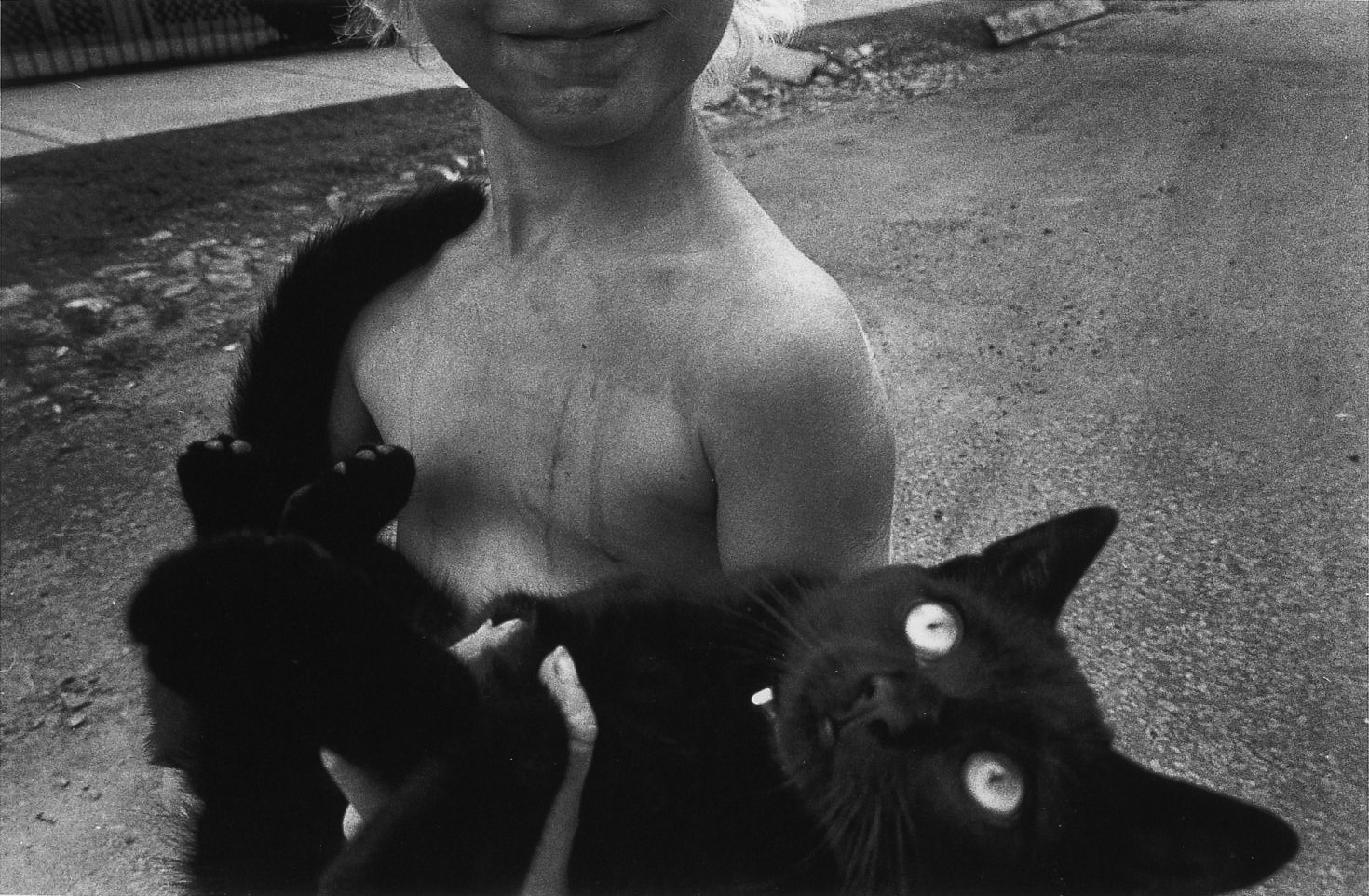
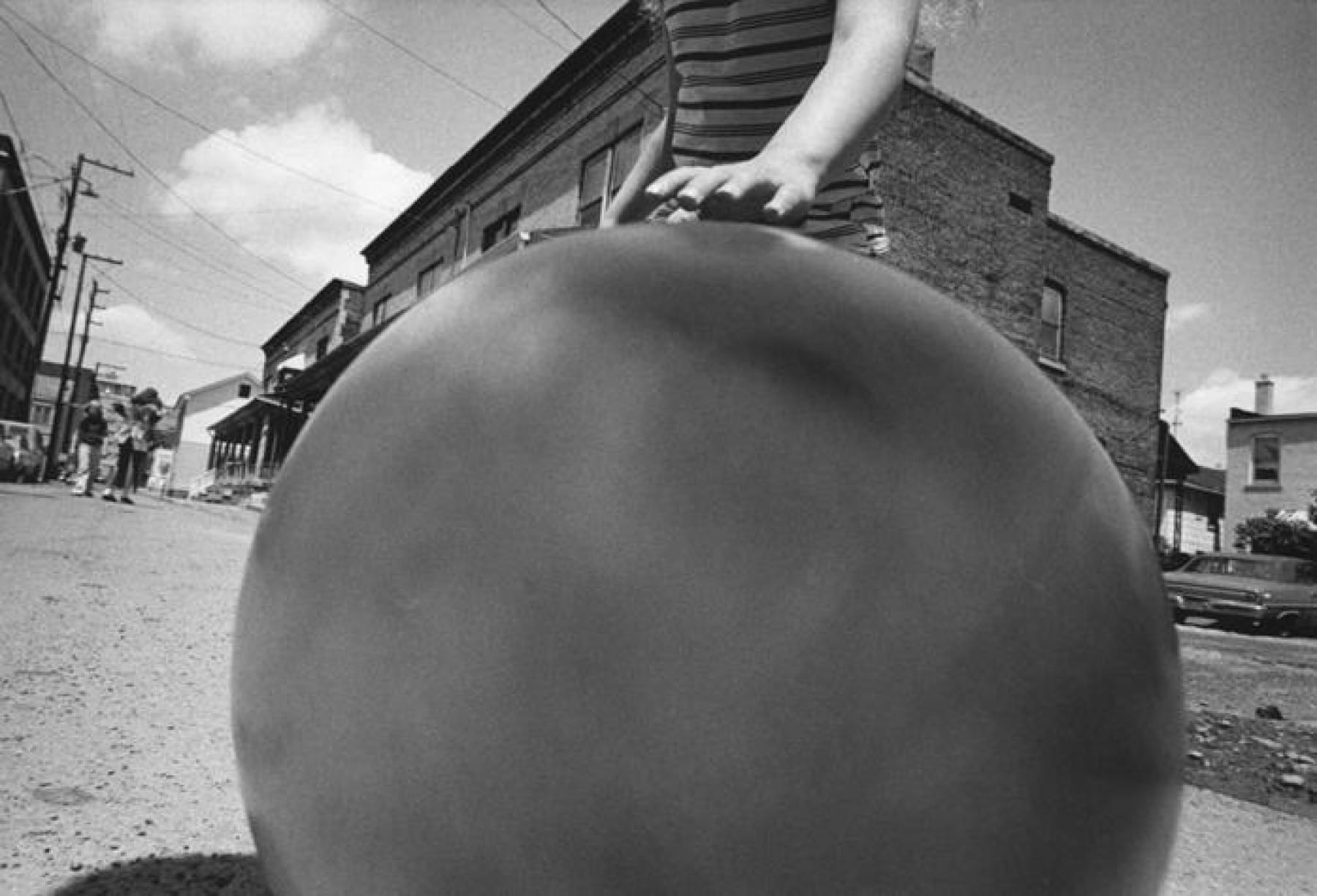
“My pictures are not about Wilkes-Barre. They’re about an artist who is making pictures without a define emotive. There is nevertheless something sociological. You see broken fences. You don’t see any swimming pools and they don’t have any L.A. glamour about them. We’re on the underside of town. I was trying to do Grim Street without our saying “Wilkes-Barre” throughout the whole book if I could get away with that. This is about something else.“
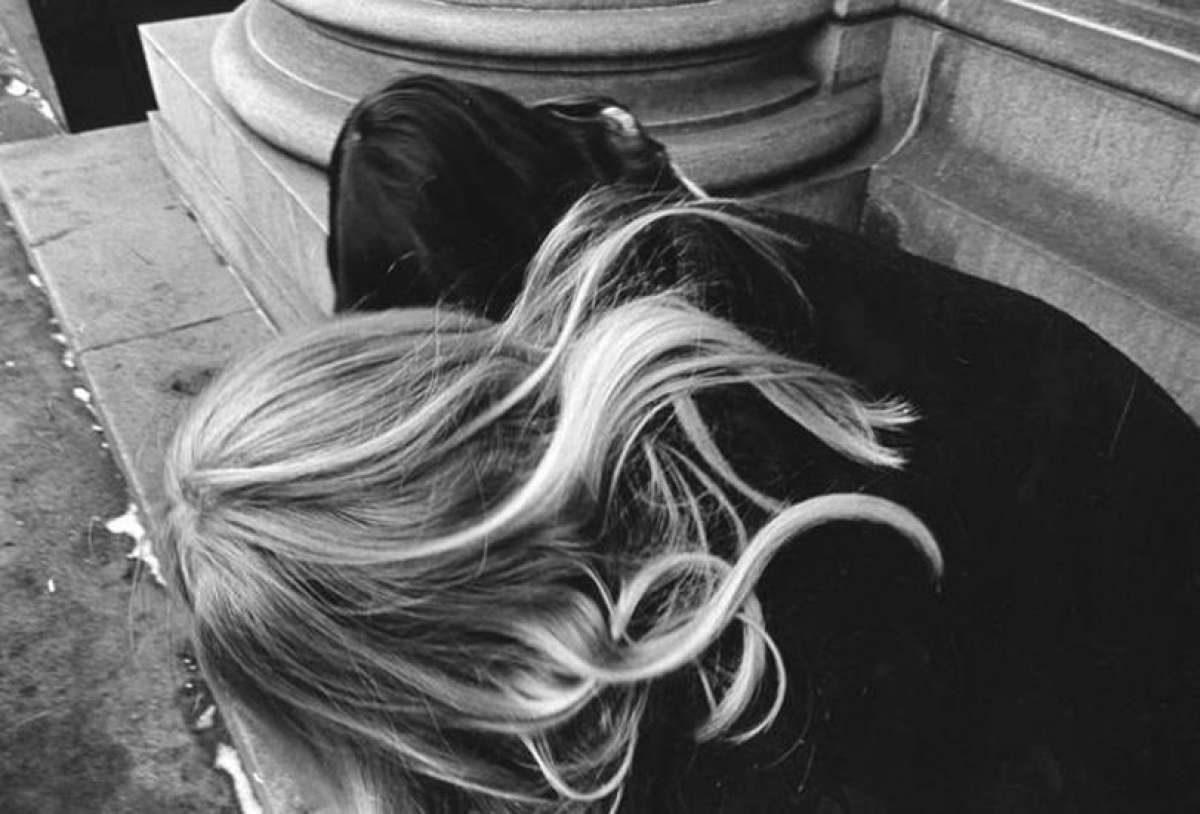
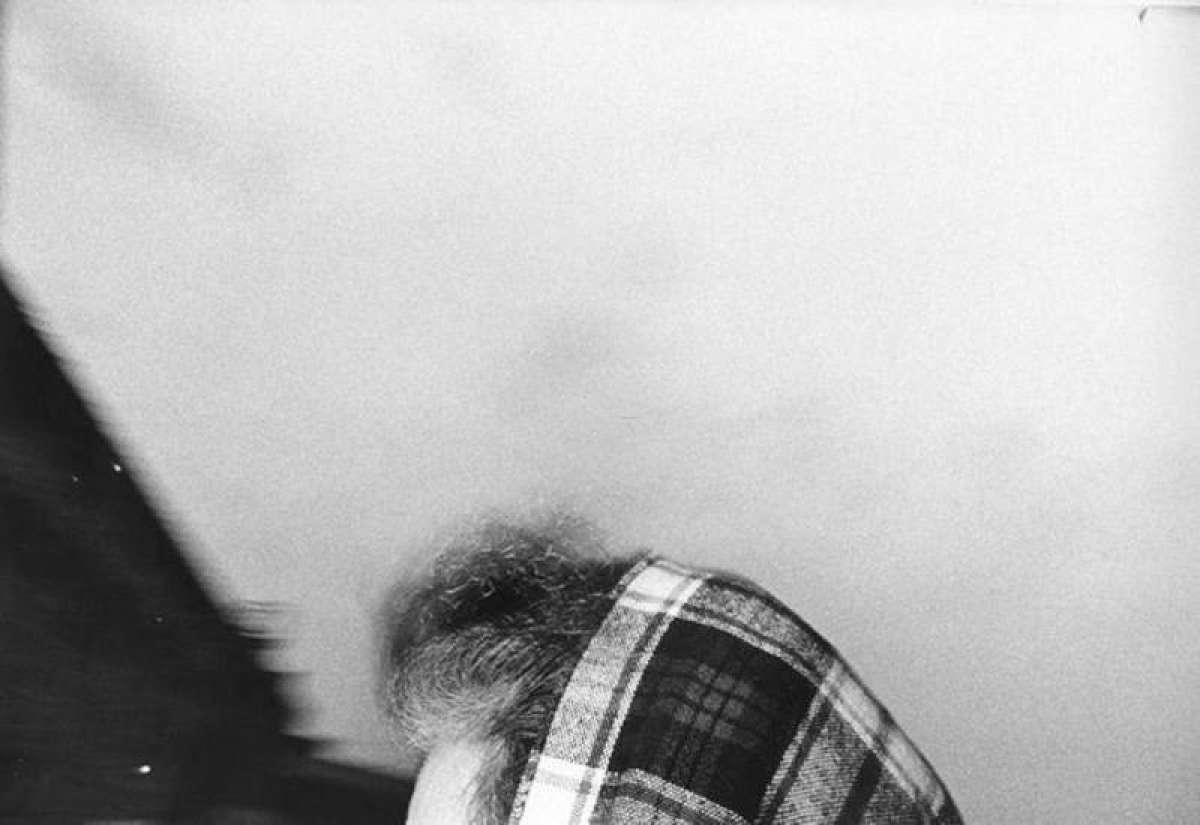
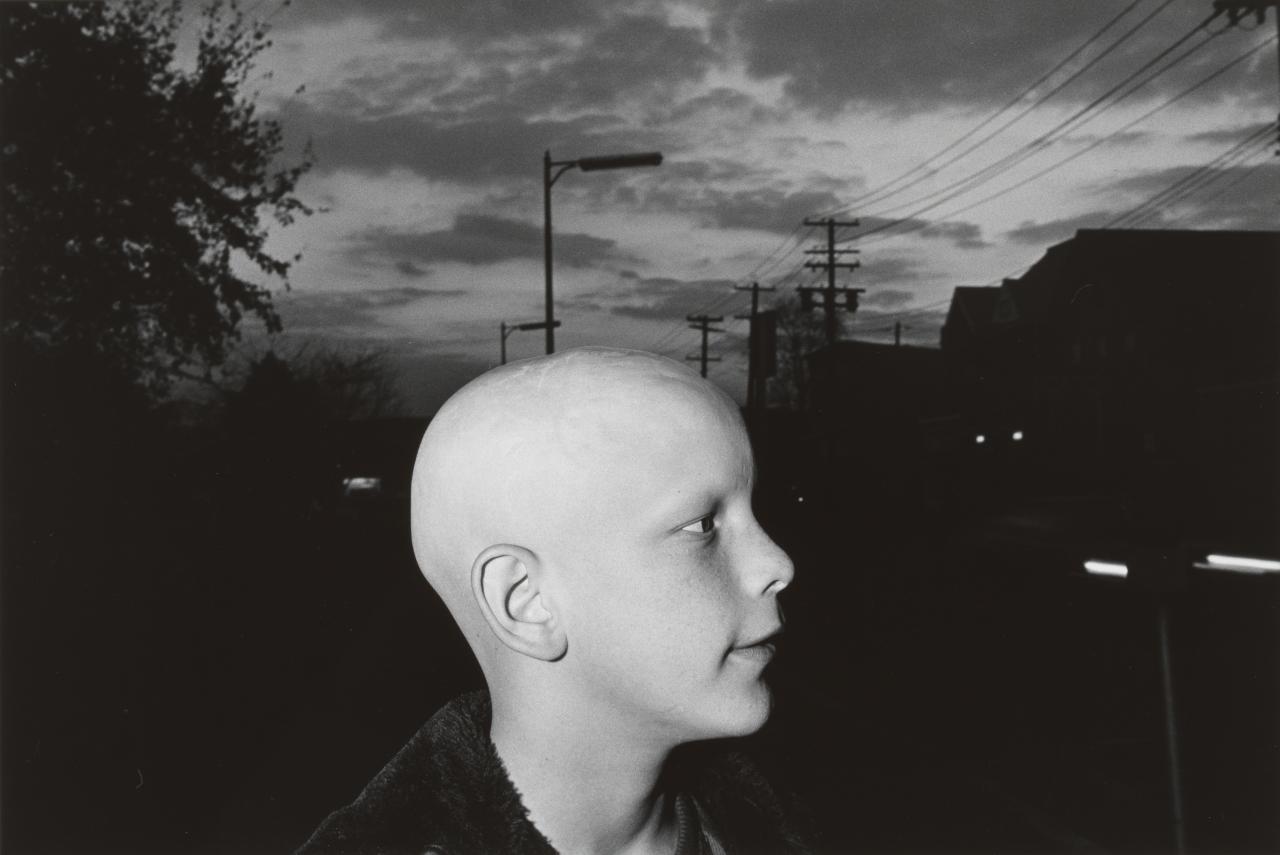
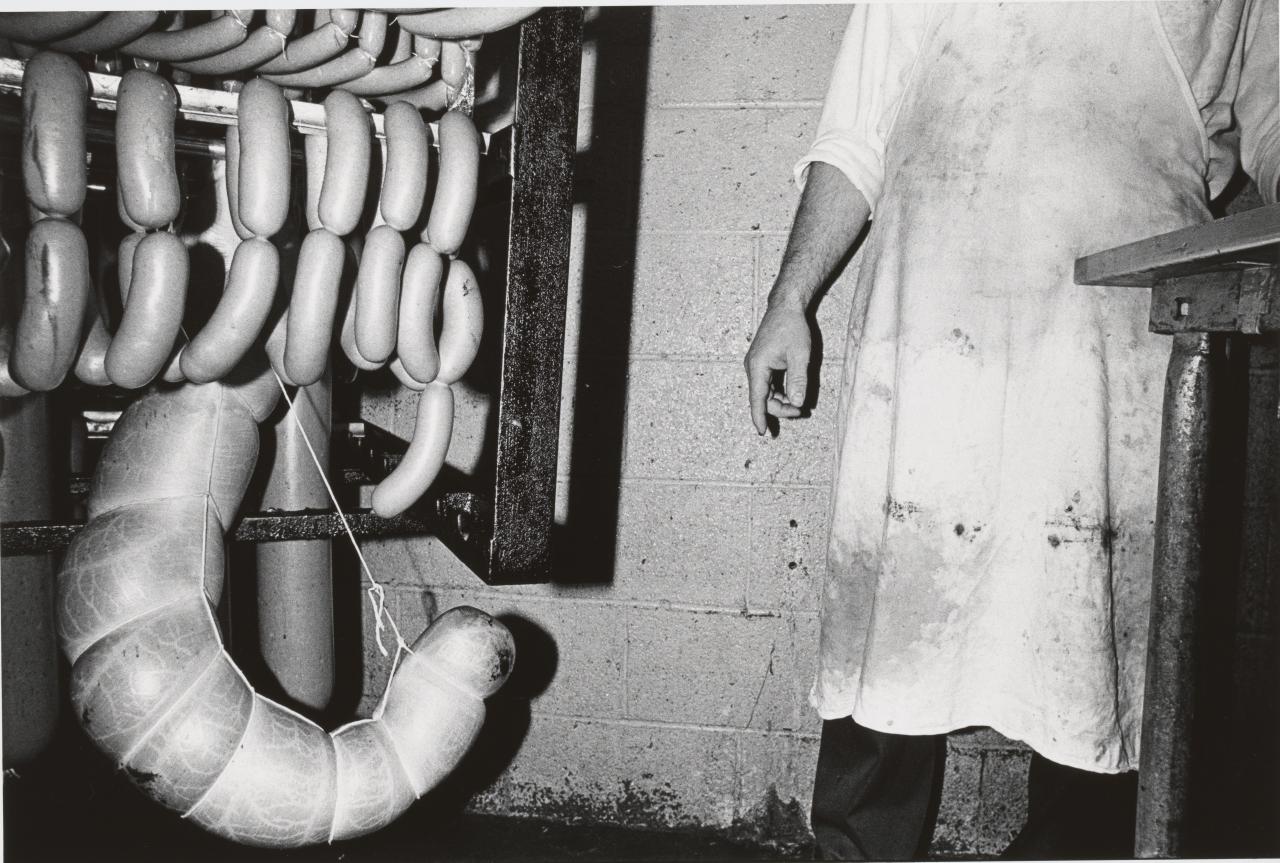
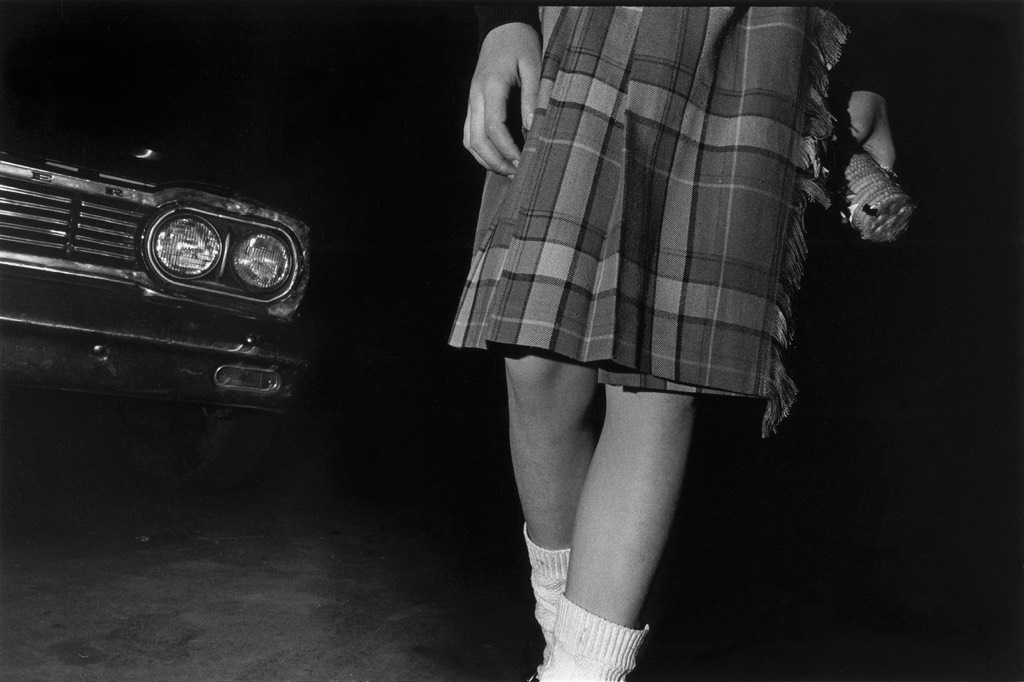
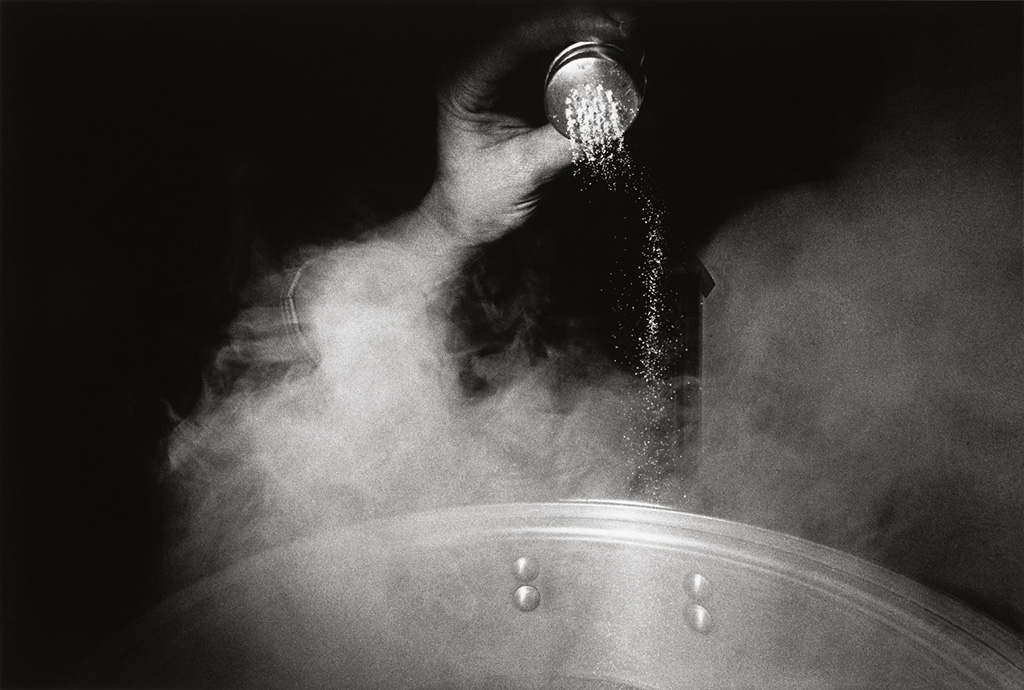
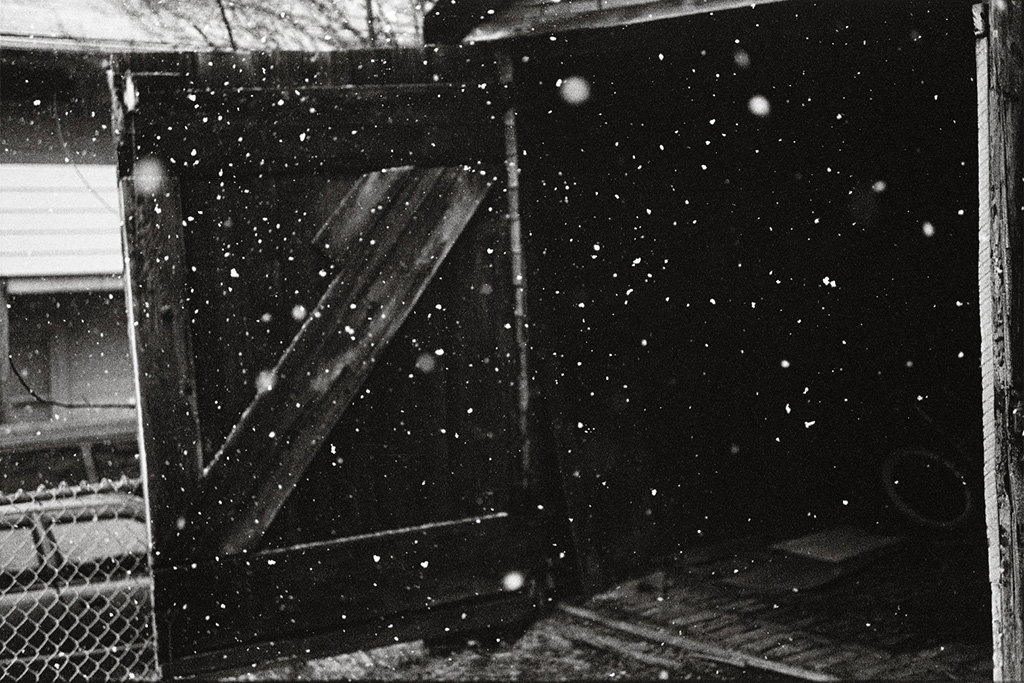
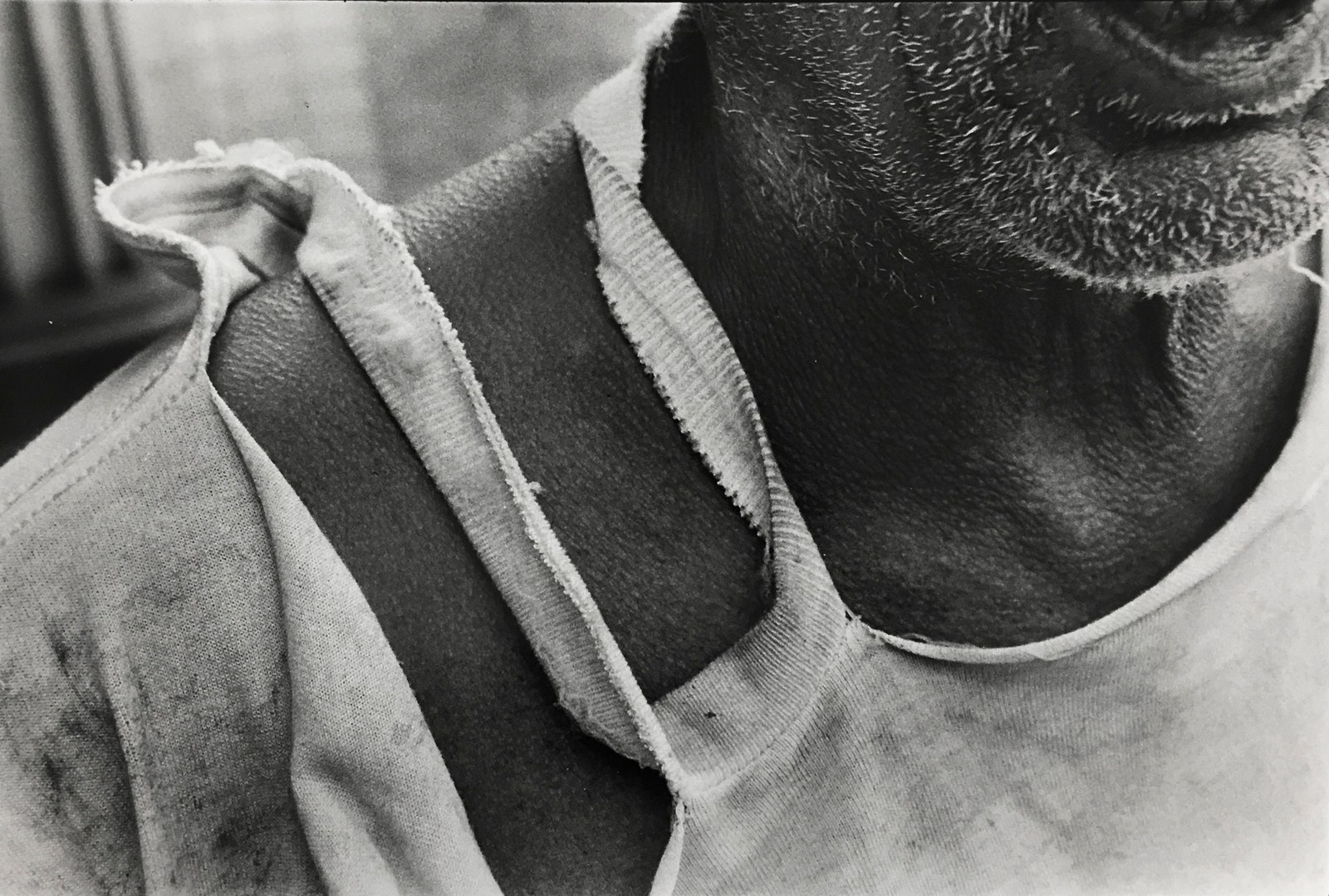
“I’m in my backyard making these. The whole country is my studio. I used to go work under a certain bridge if it was pouring, because people used to hide there from the rain. If it was a cloudy day, I would go to a different place. So I used these neighborhoods like a set. And I still use them like that. There are certain places I know that, if I go there in the evening– I like to take pictures at dusk– they will have a certain flavor even today.”
– Mark Cohen
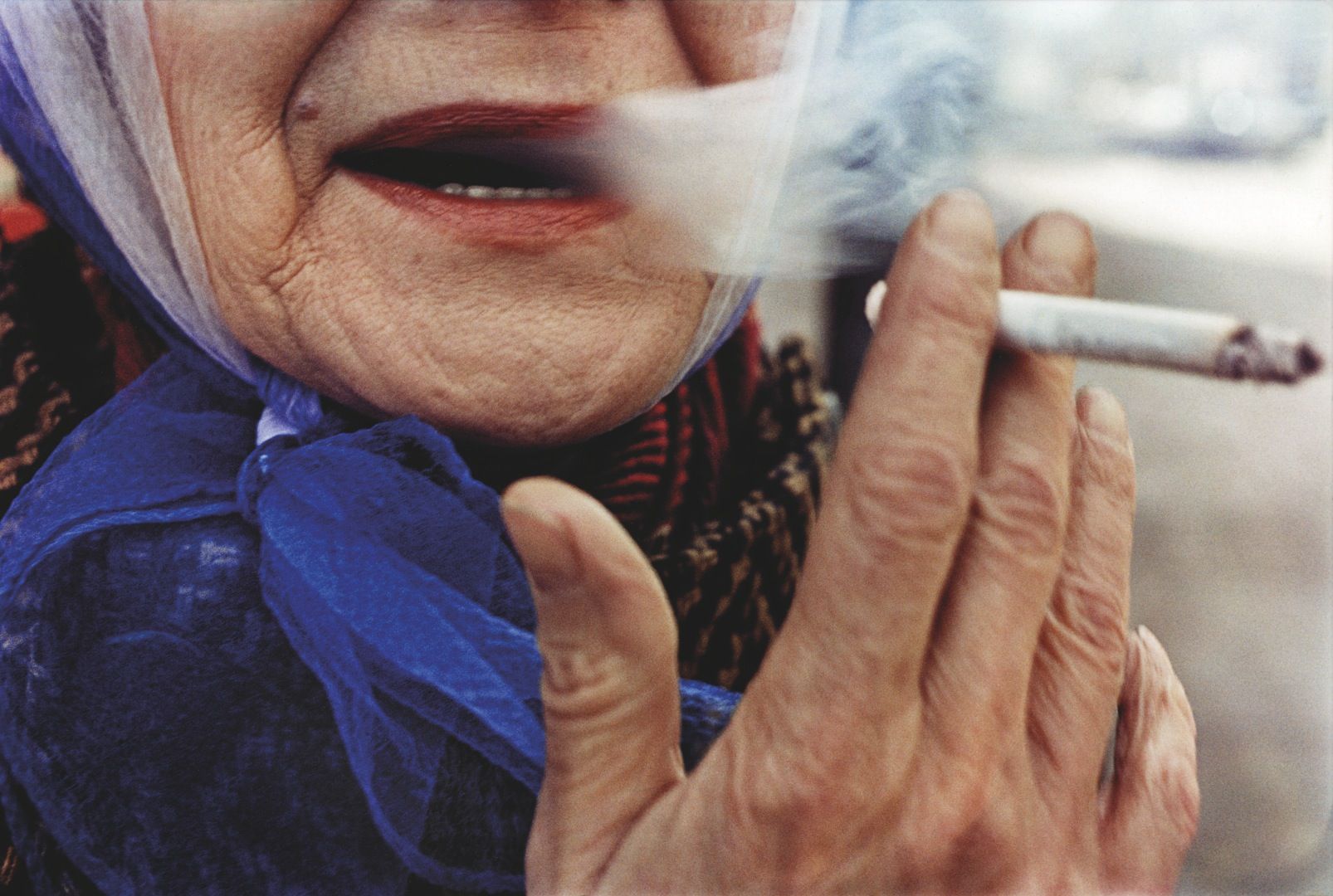
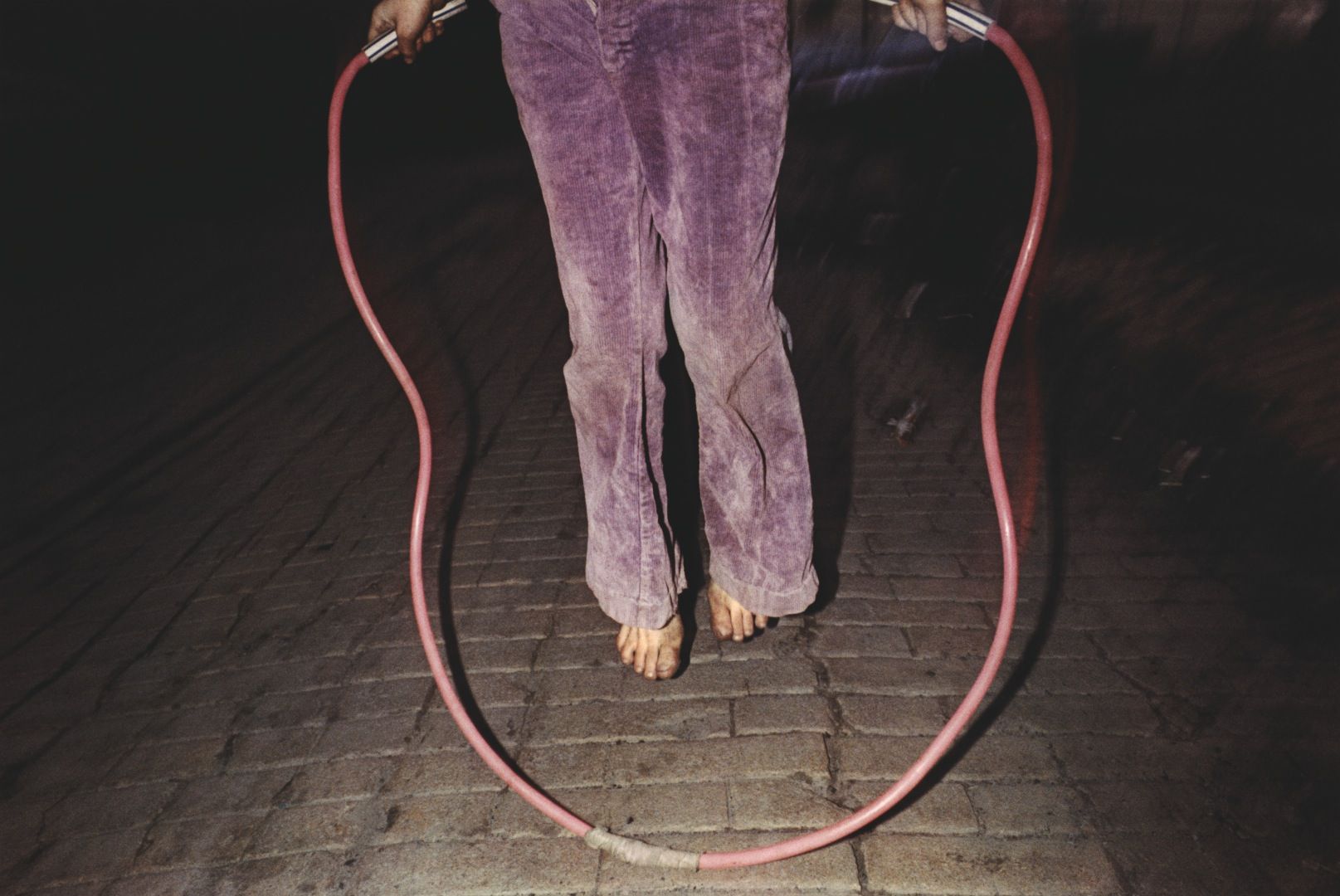
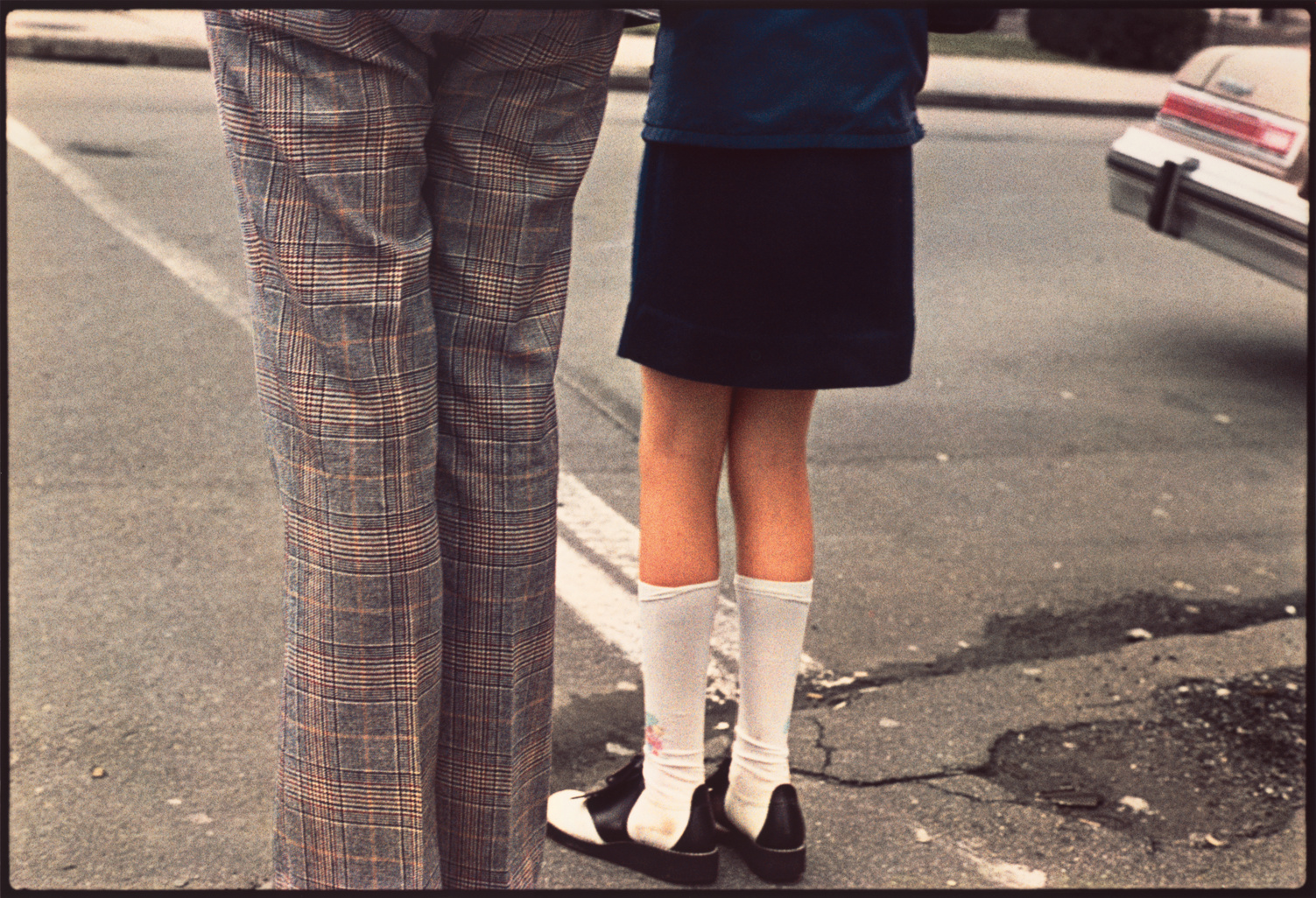
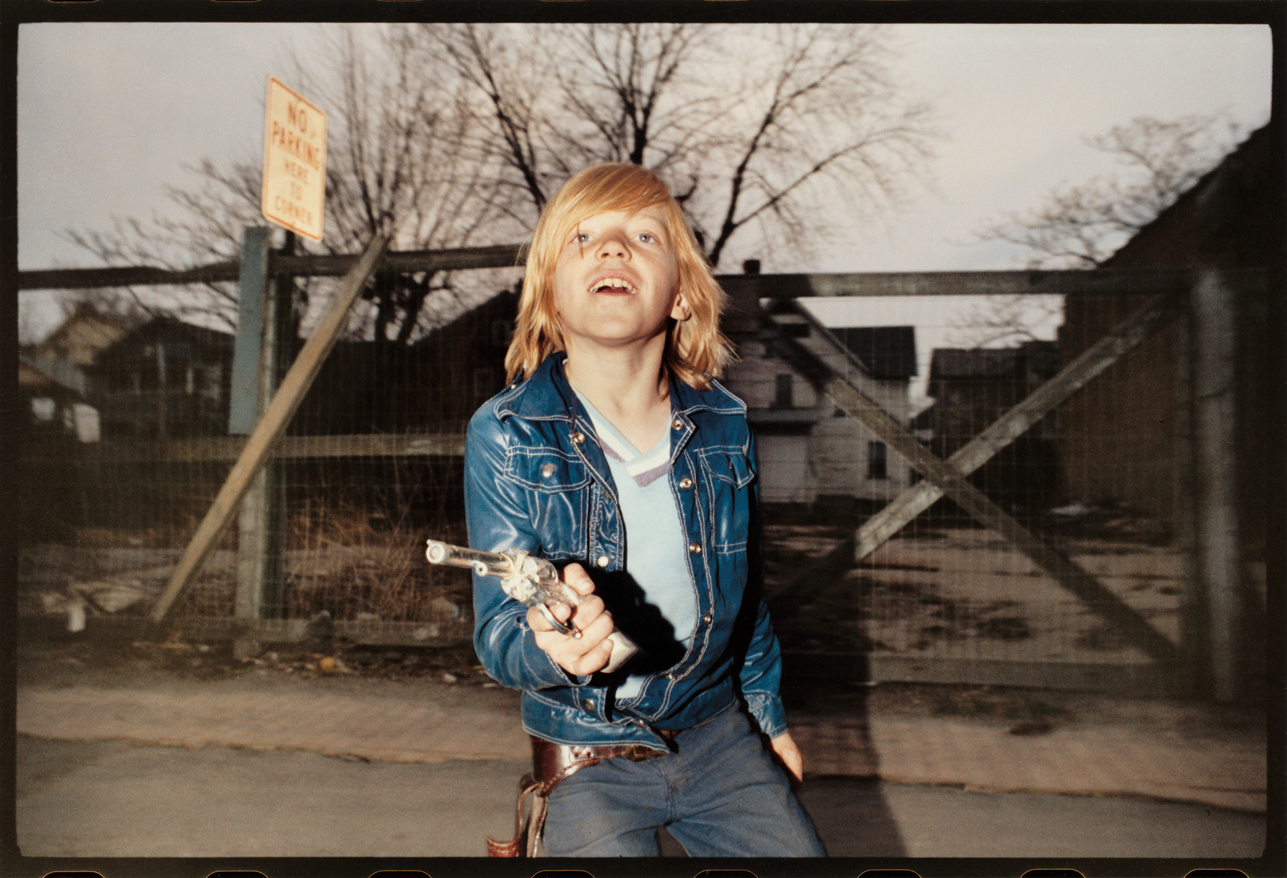
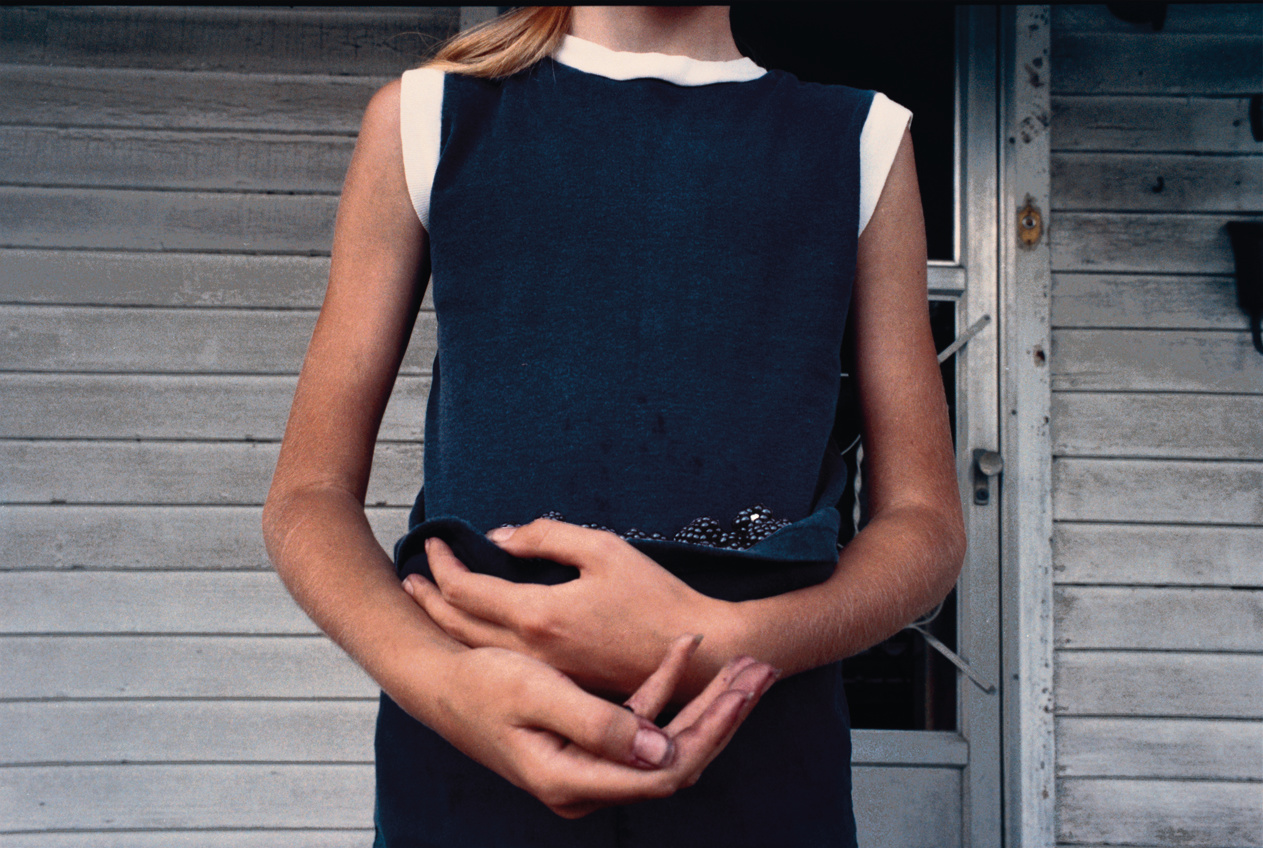
“When you feel like you’re making pictures– the most important is to make new pictures. The pictures you already took– you already took those pictures. My main drive is to do something new– to make some new kind of picture.”
– Mark Cohen
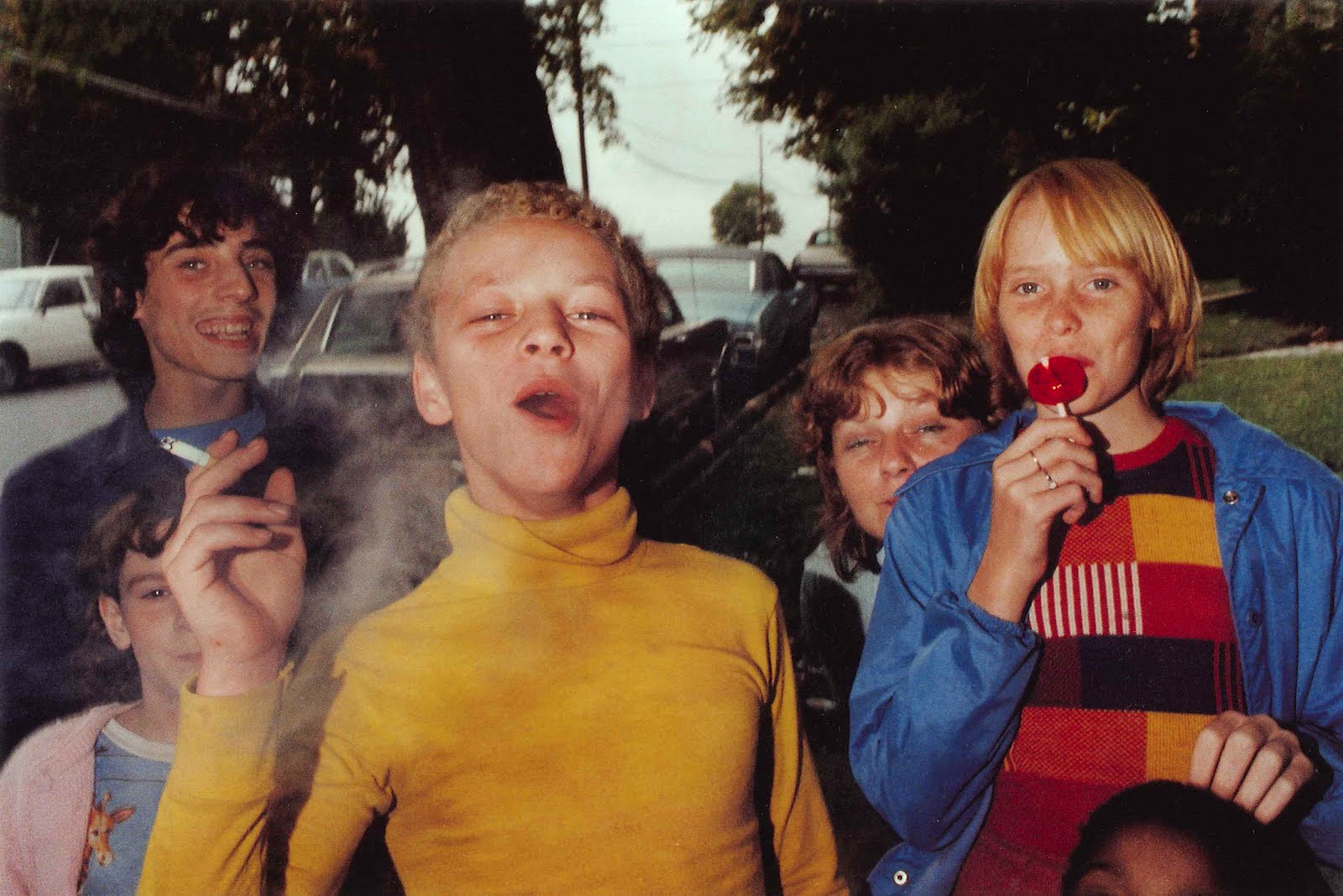
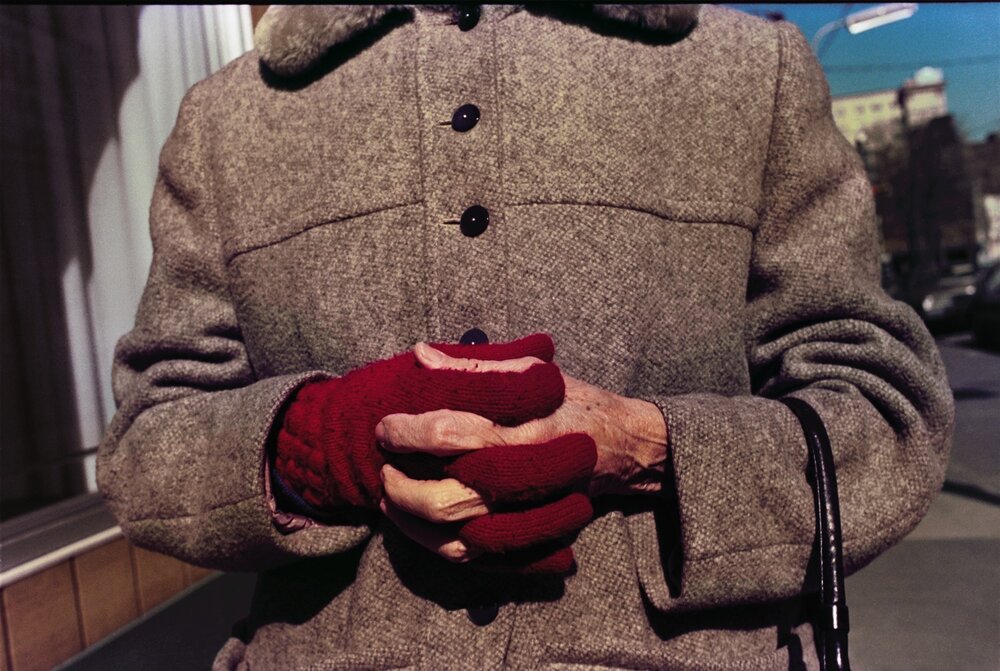
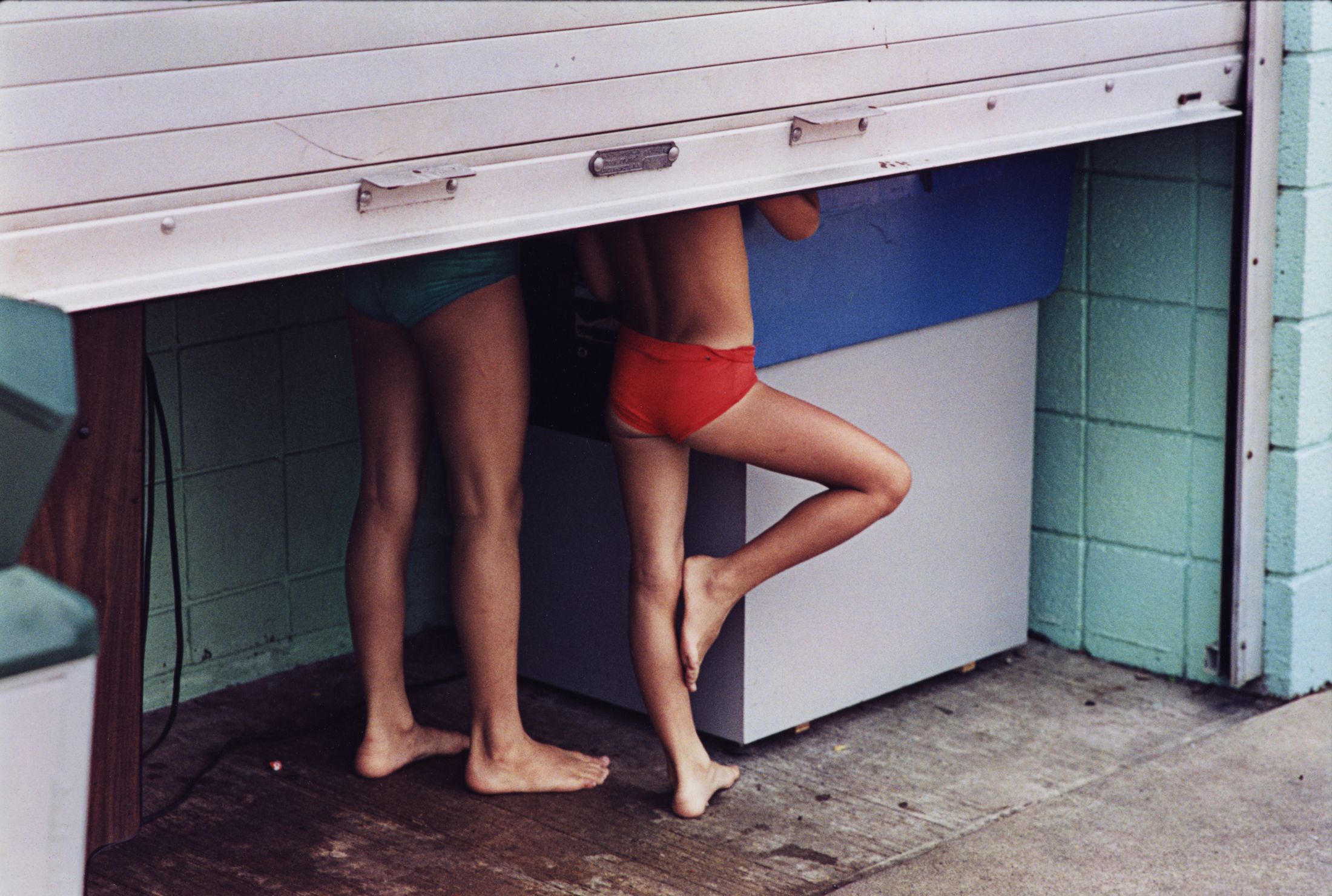
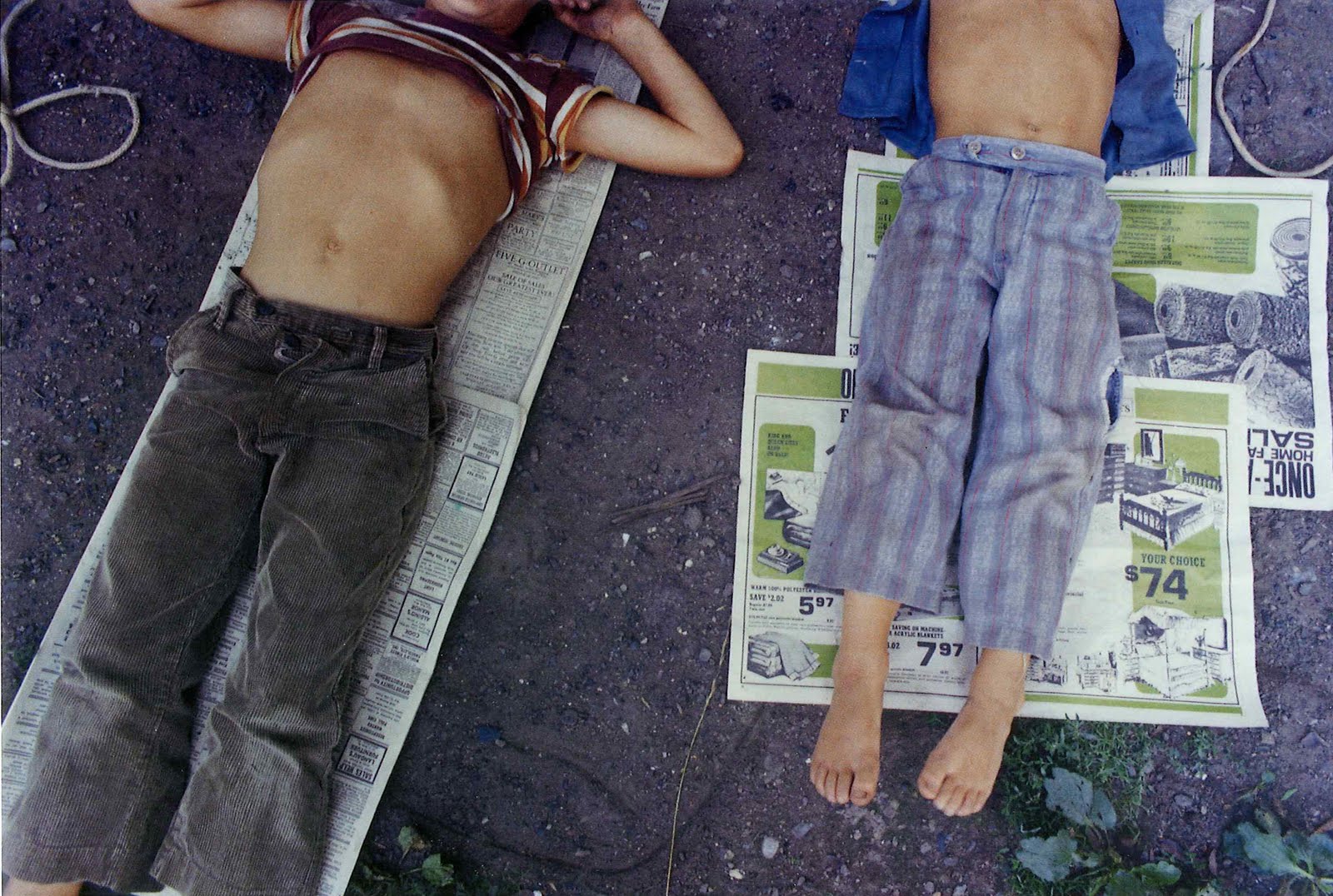
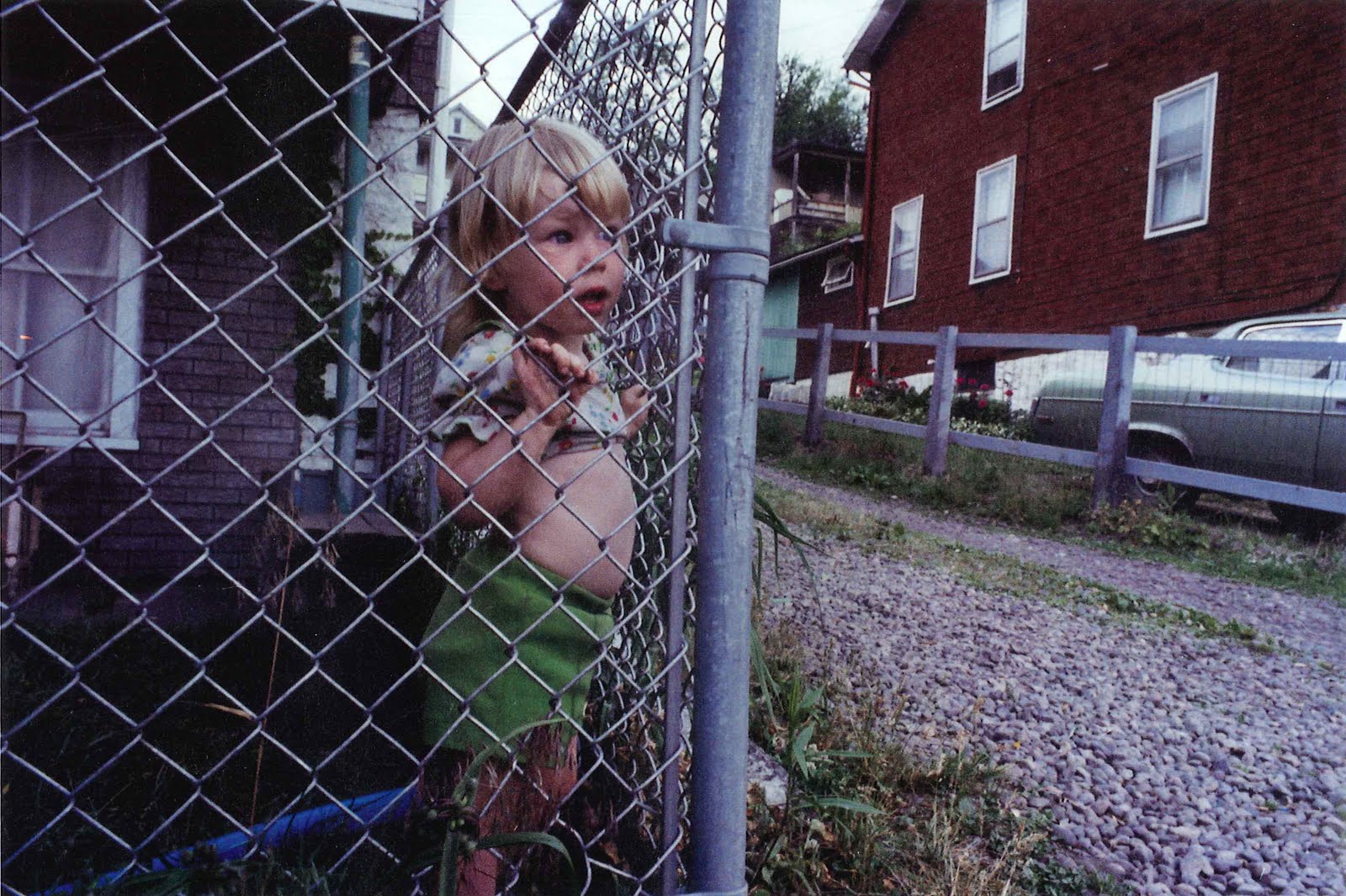
"Certain themes run thought the work all the time and it does become some kind of social psychological document about my vision about what i look at and how i respond in the environment."
— Mark Cohen
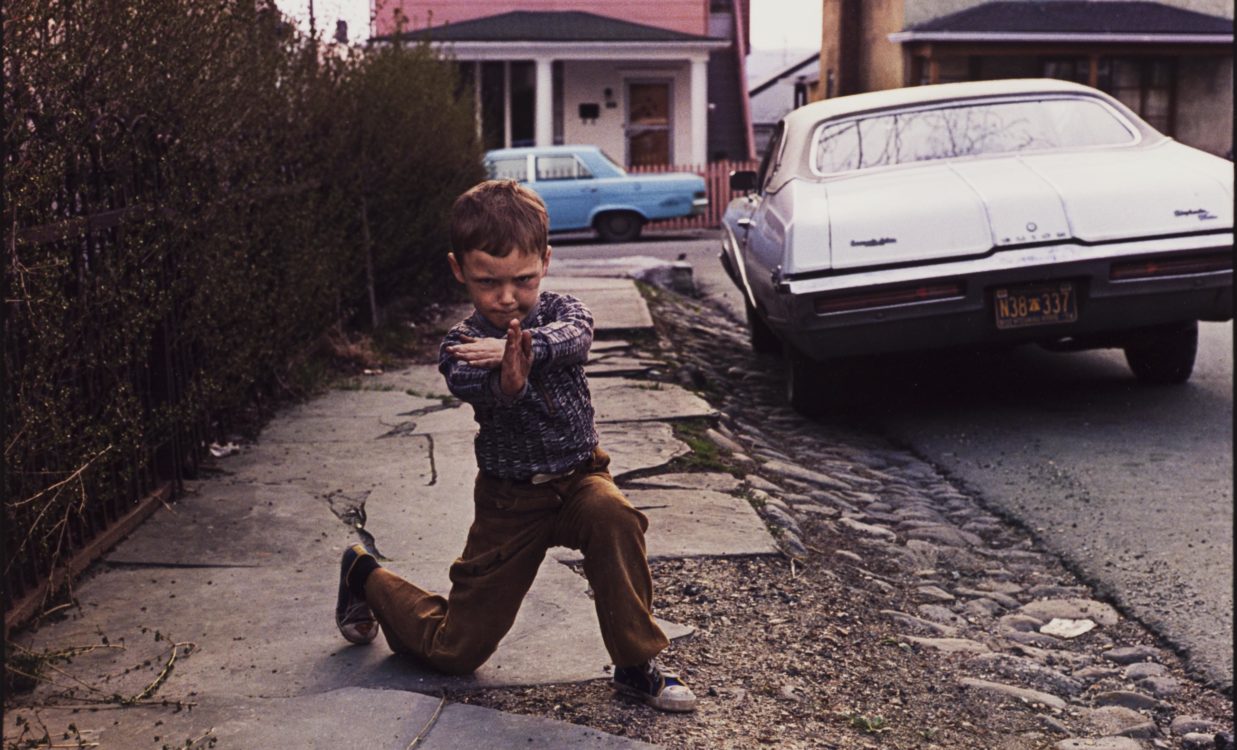
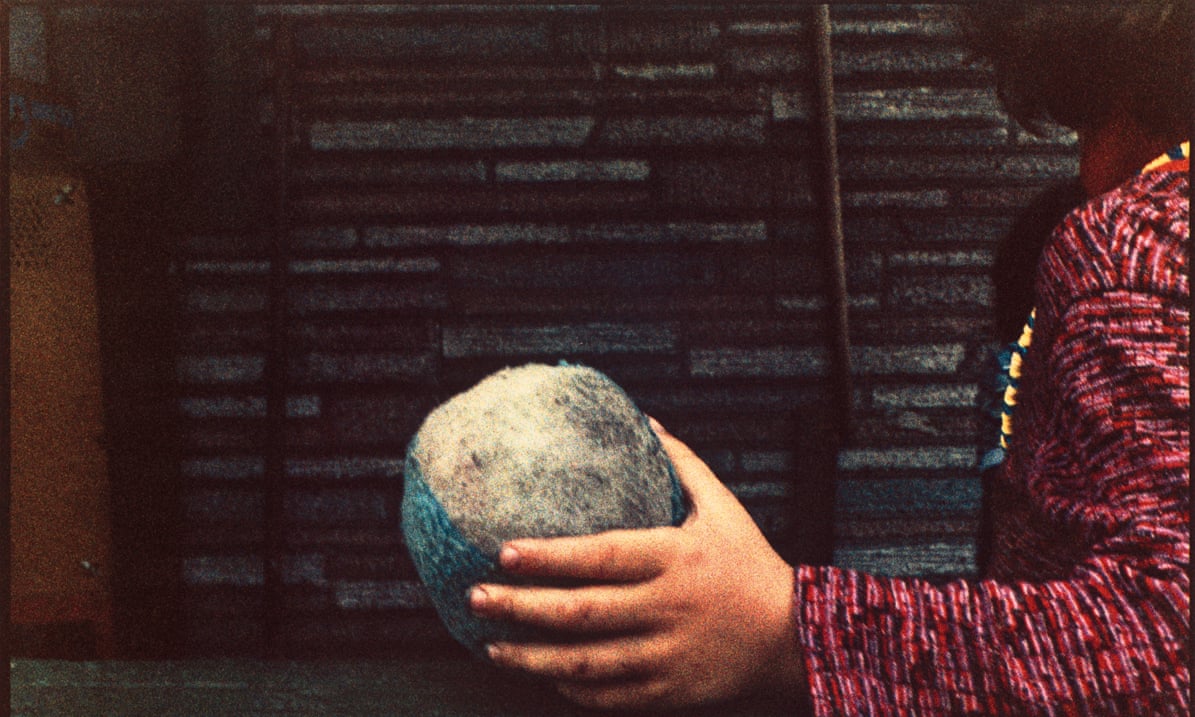
"They're not easy pictures. But I guess that's why they're mine."
– Mark Cohen
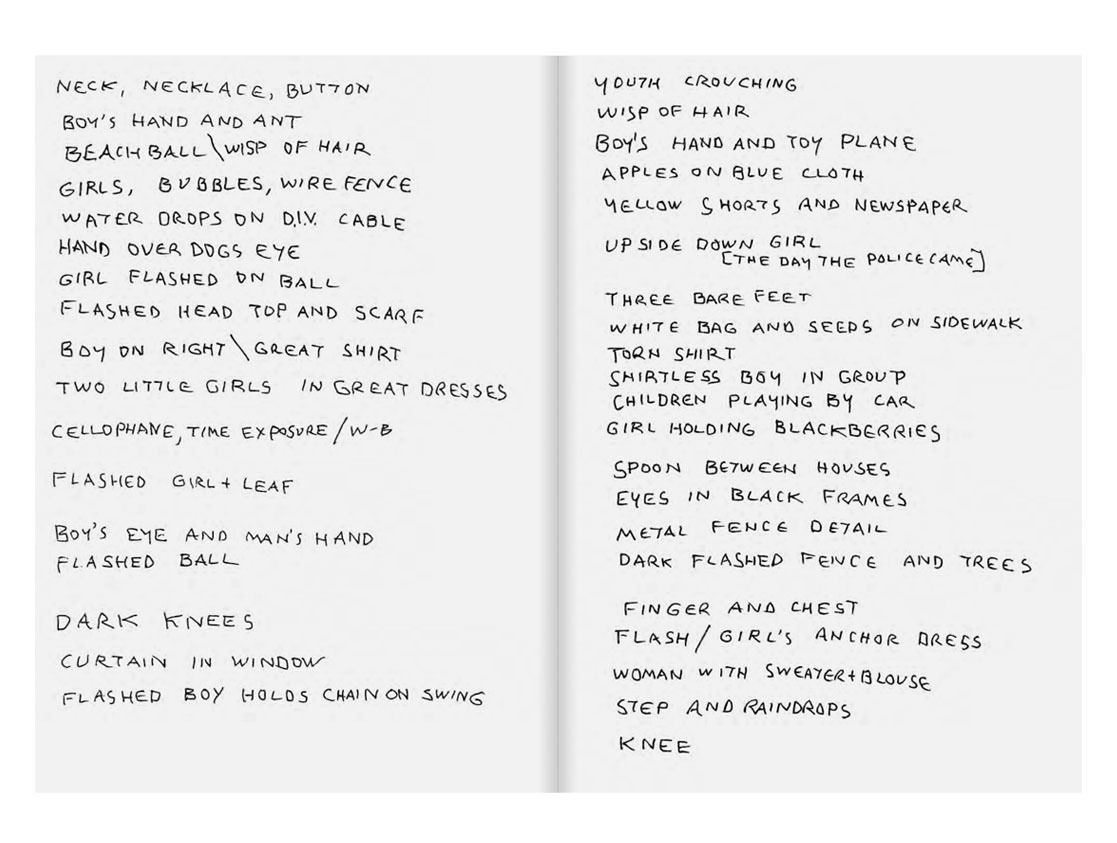
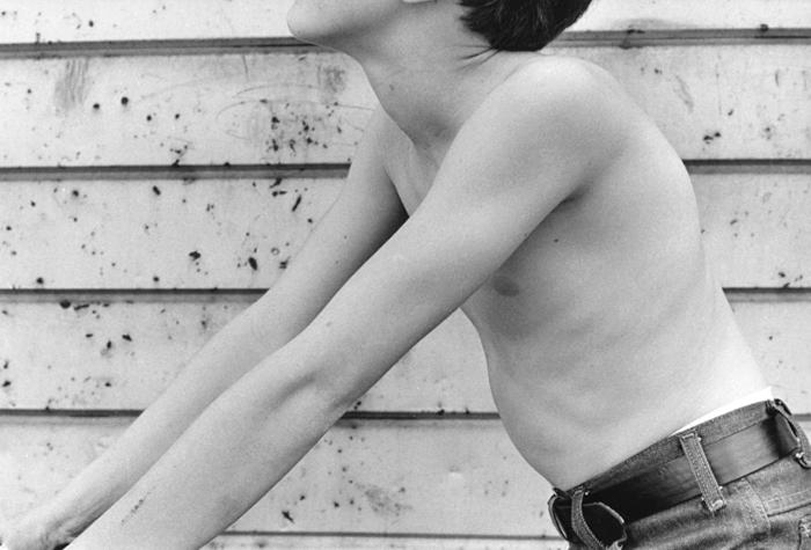
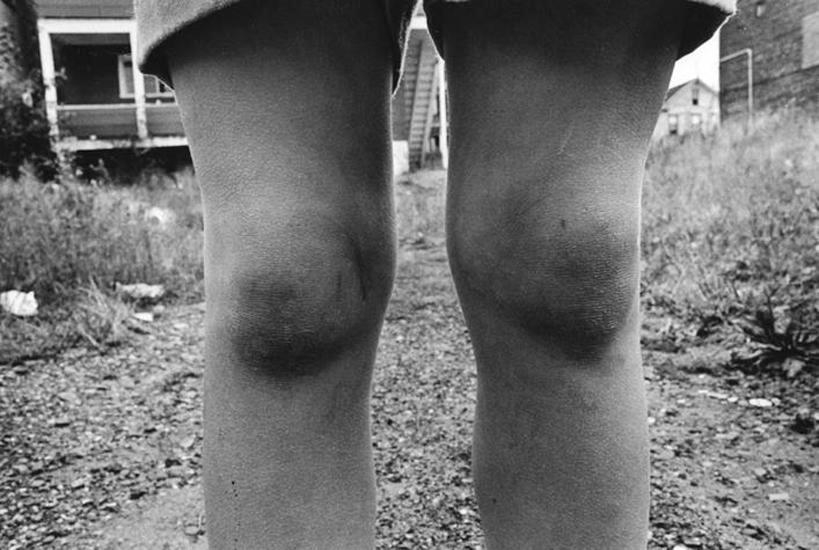
“If you keep photographing in the same place, you start to find out something about yourself.“ – Mark Cohen
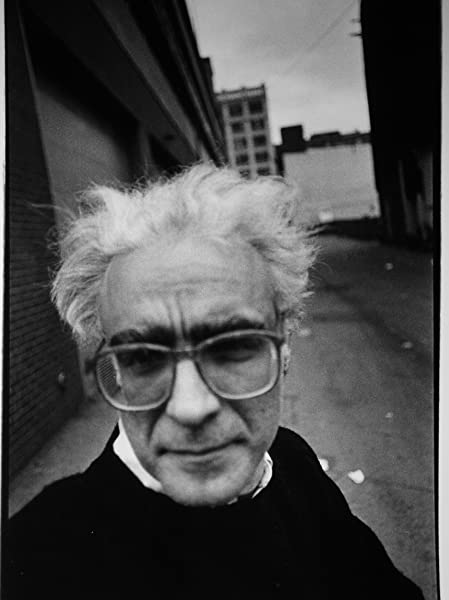
P.S. I produce content for free and without any advertisement. If you share same love to photography, buy me a free roll of Tri-X film to photograph on
Books
“I’m making pictures in this one area. But there are these odd, eerie impulses, maybe from a lot of unconscious regions, influencing how I select people. And that’s why the book is called Grim Street.”
“I’ve wanted to make a book for a long time. I made two hundred of the glossy reproduction prints and then eventually cut them in half. So, in this unconscious, uncurated way I put together what I basically think is my best work. They’re going in the book chronologically, because they all have dates on them. I don’t know exactly how it’s going to come out, but I think it’s going to be pretty good.” – Mark Cohen on "Grim Street"
